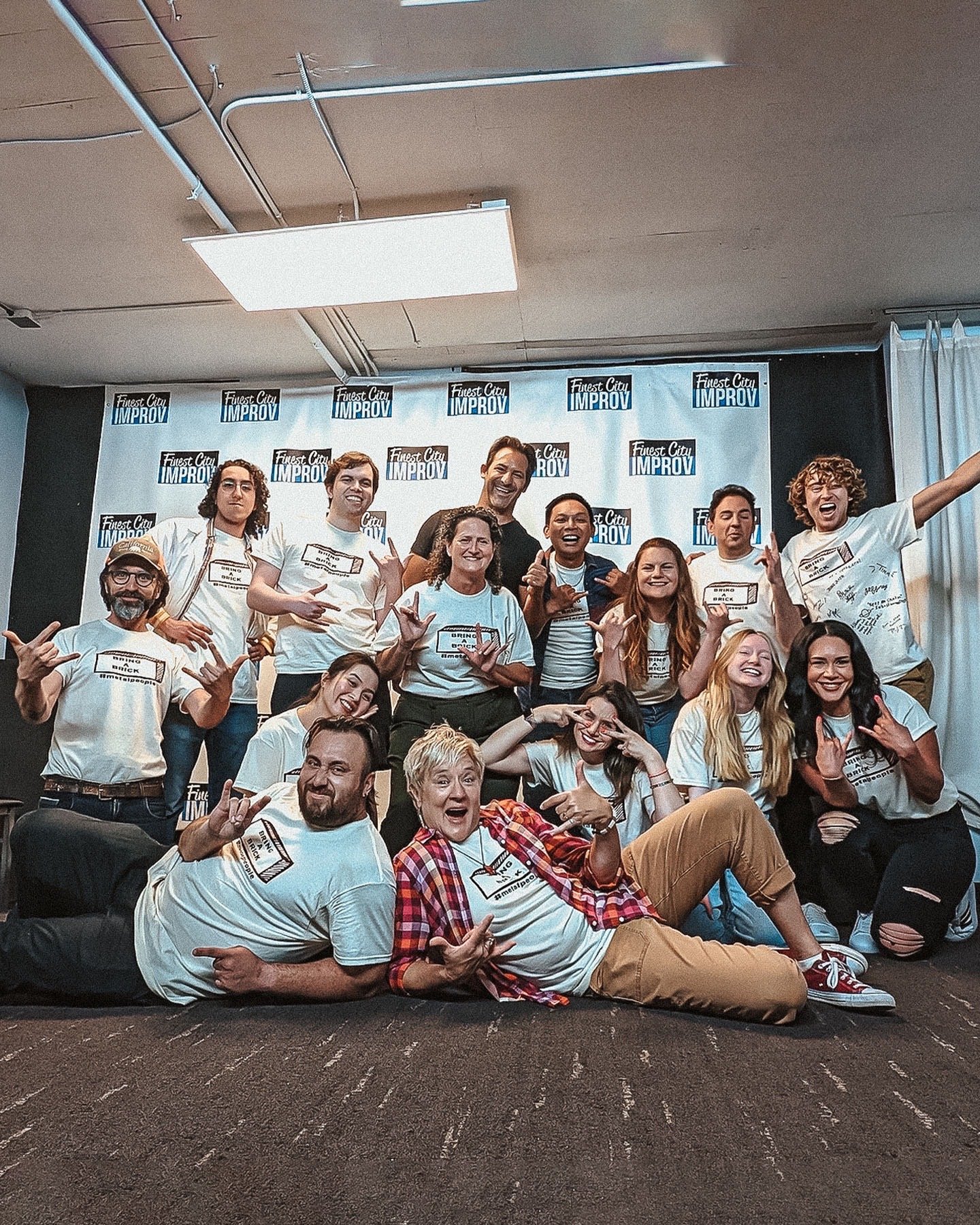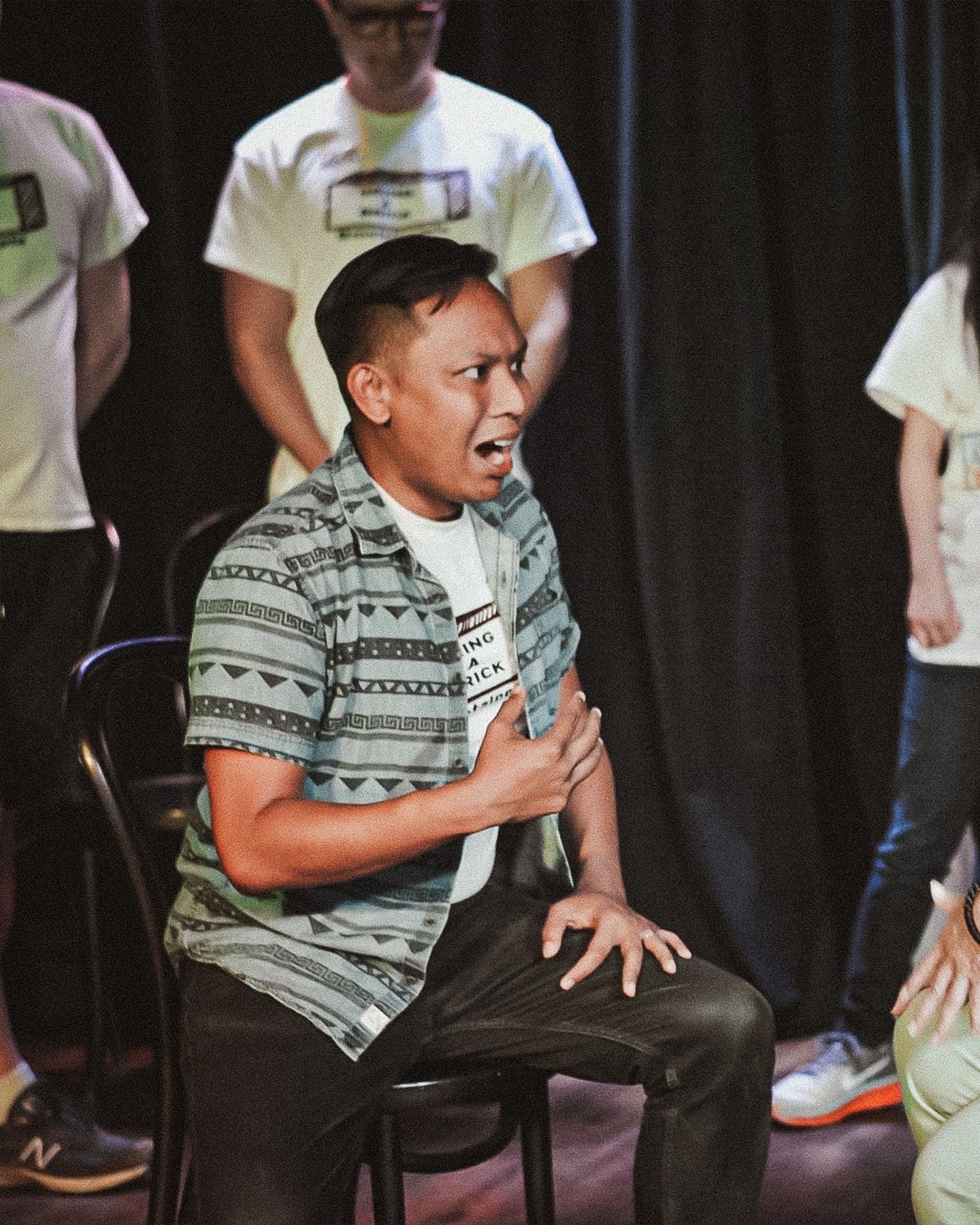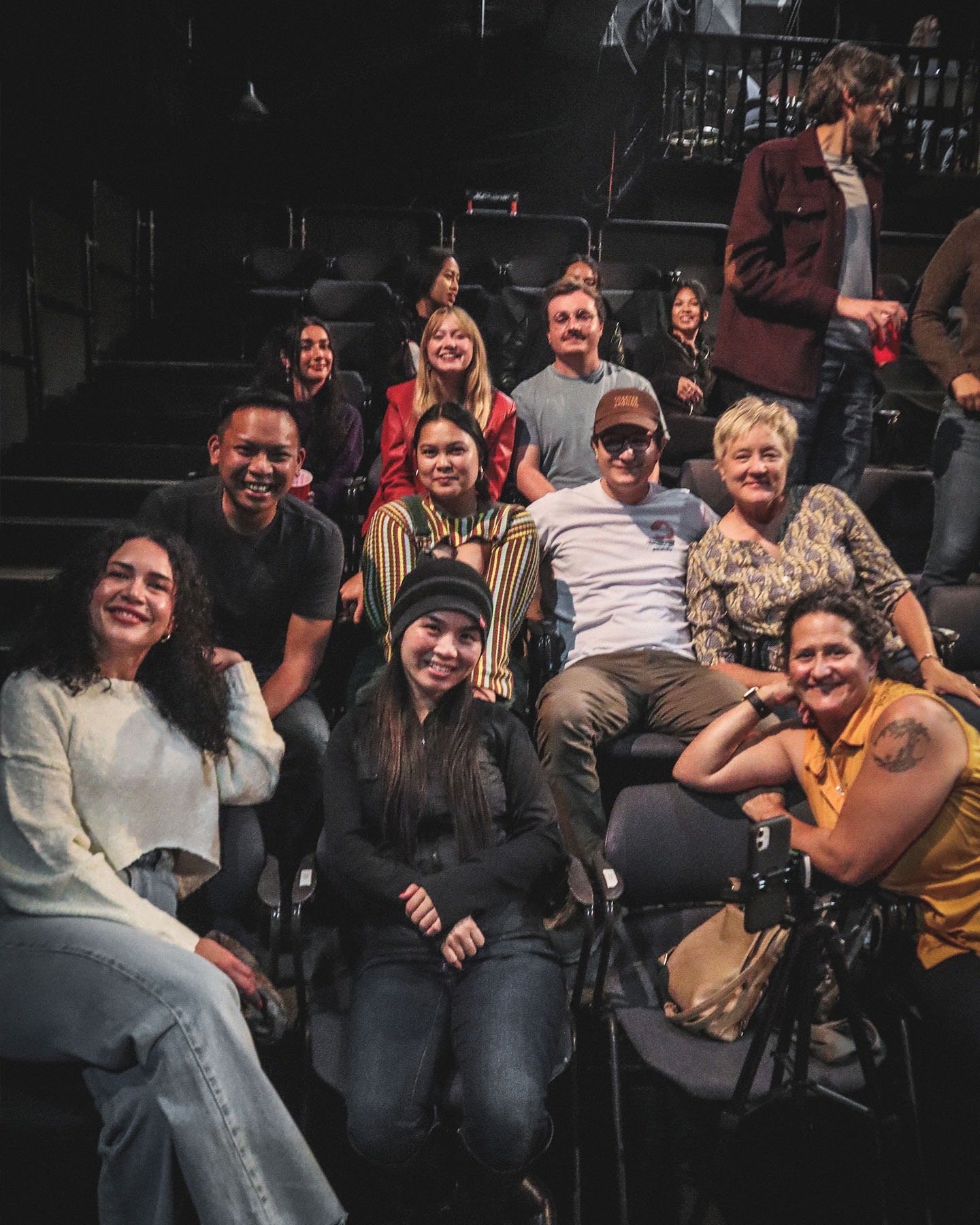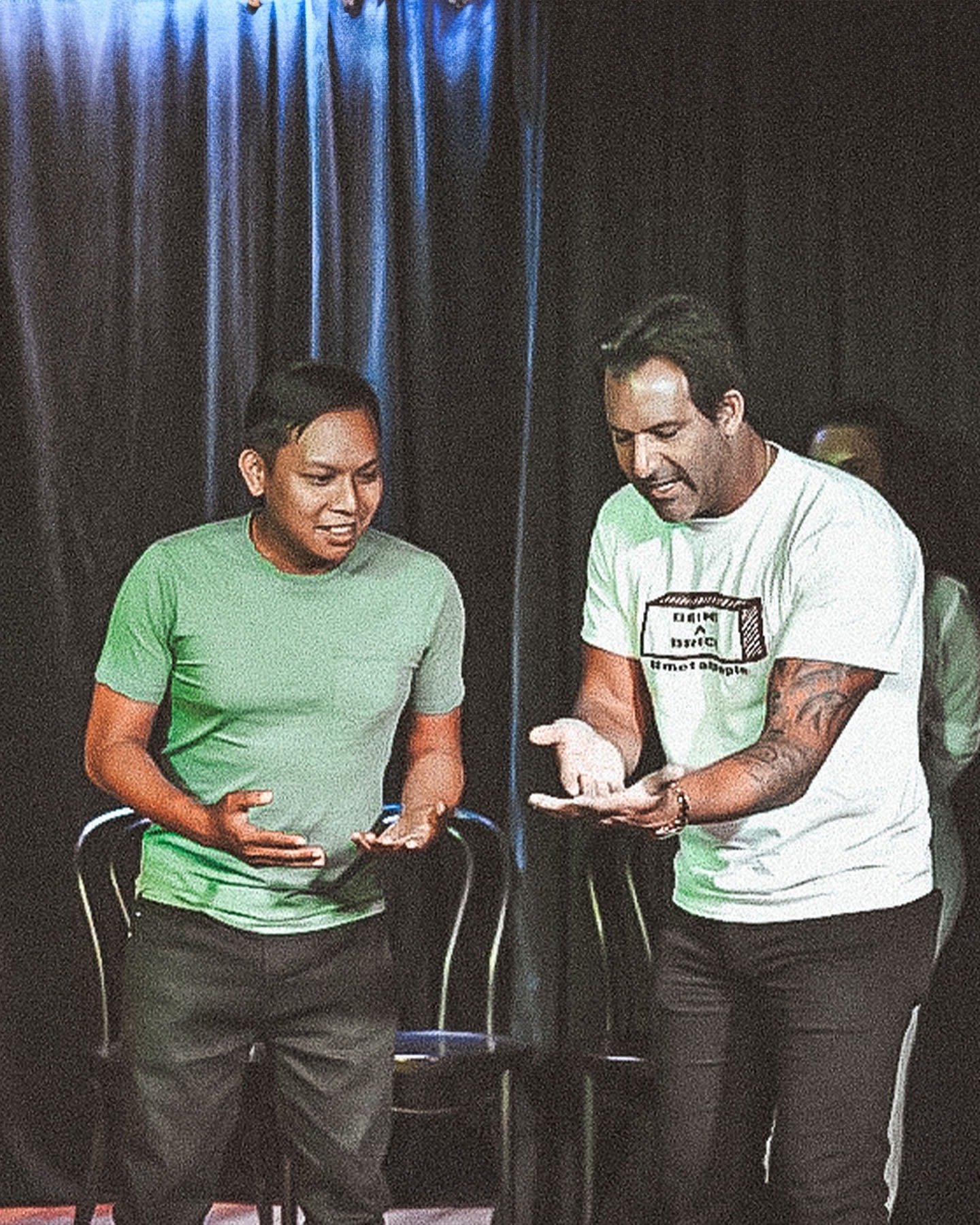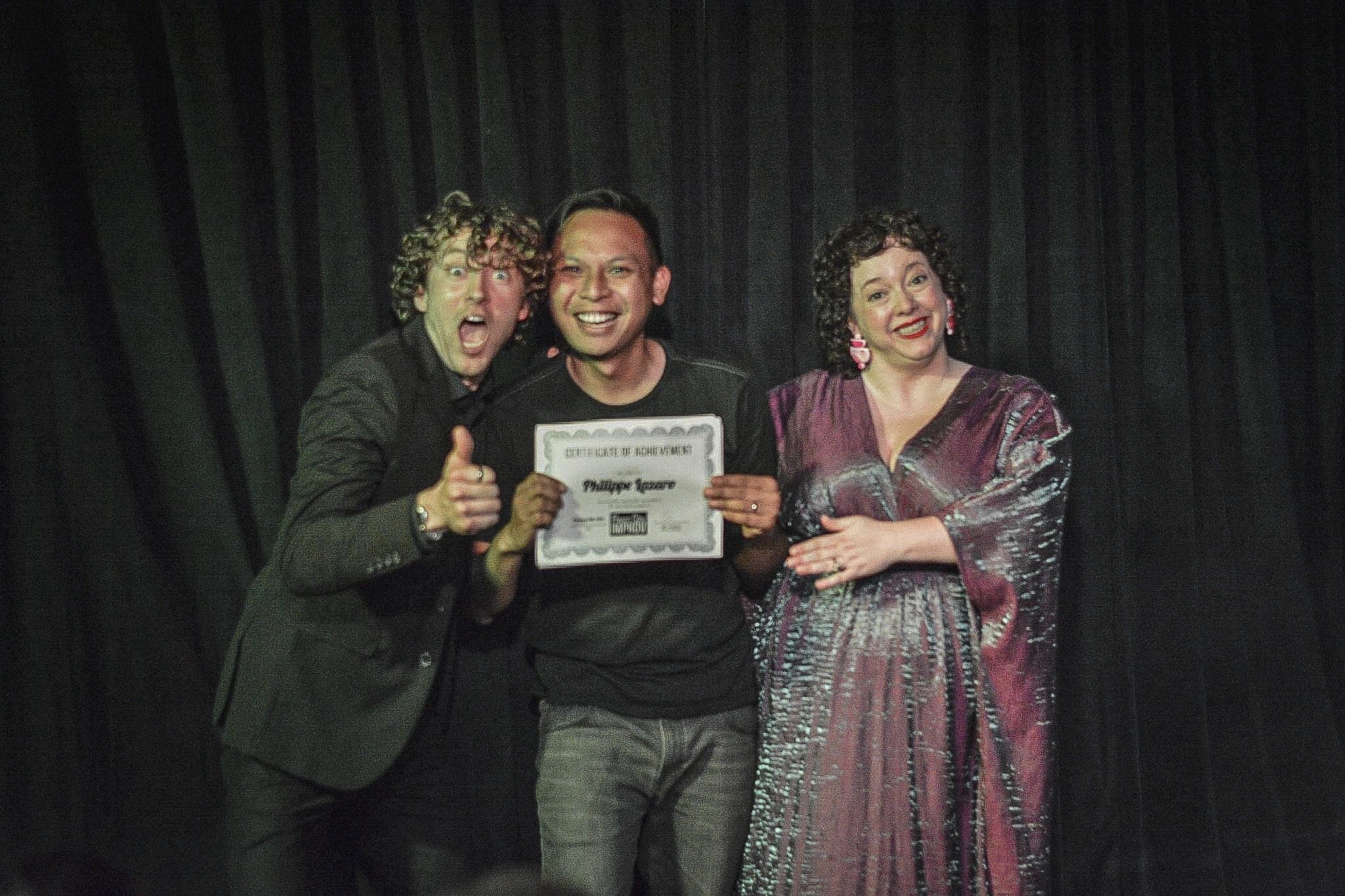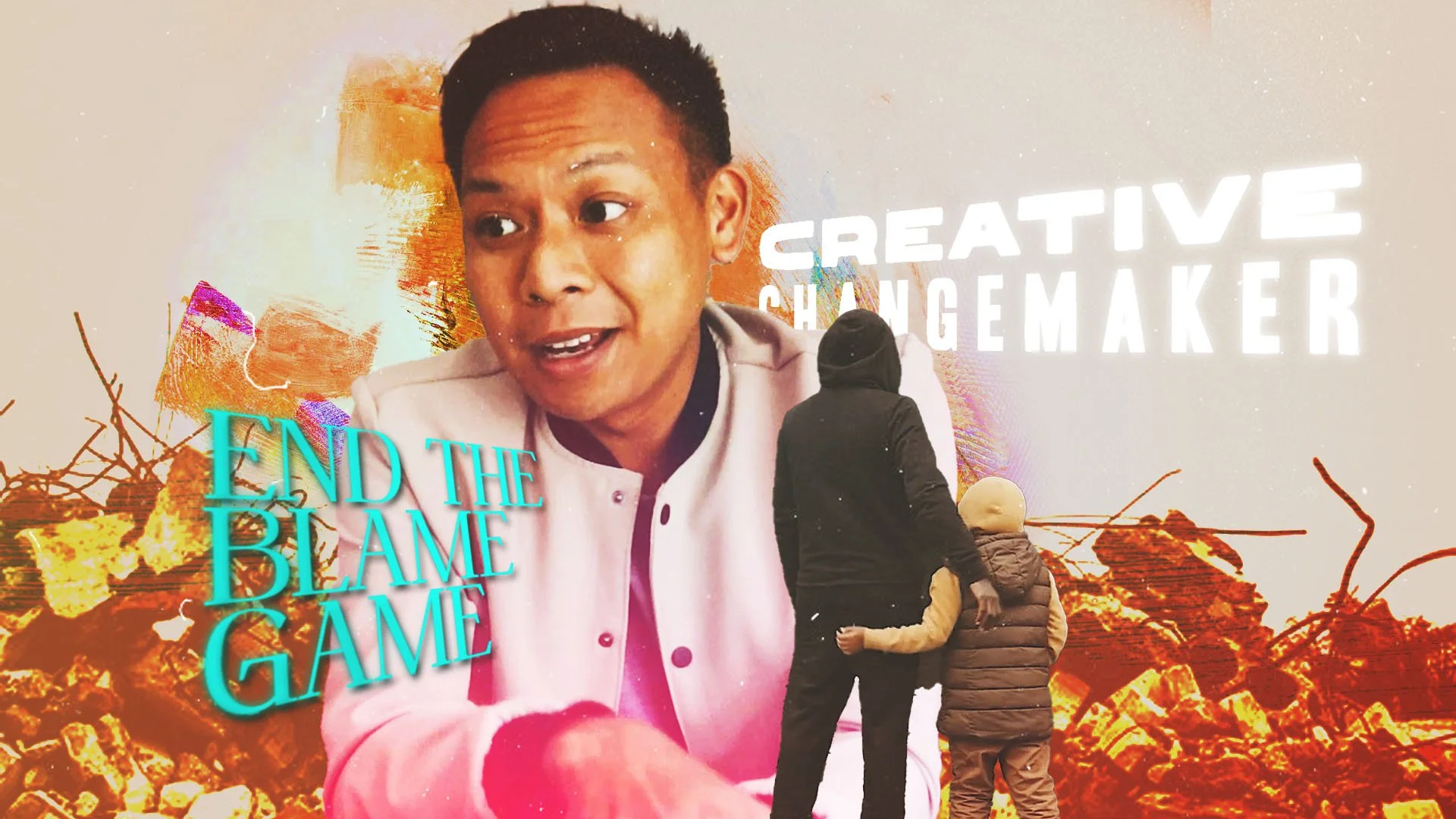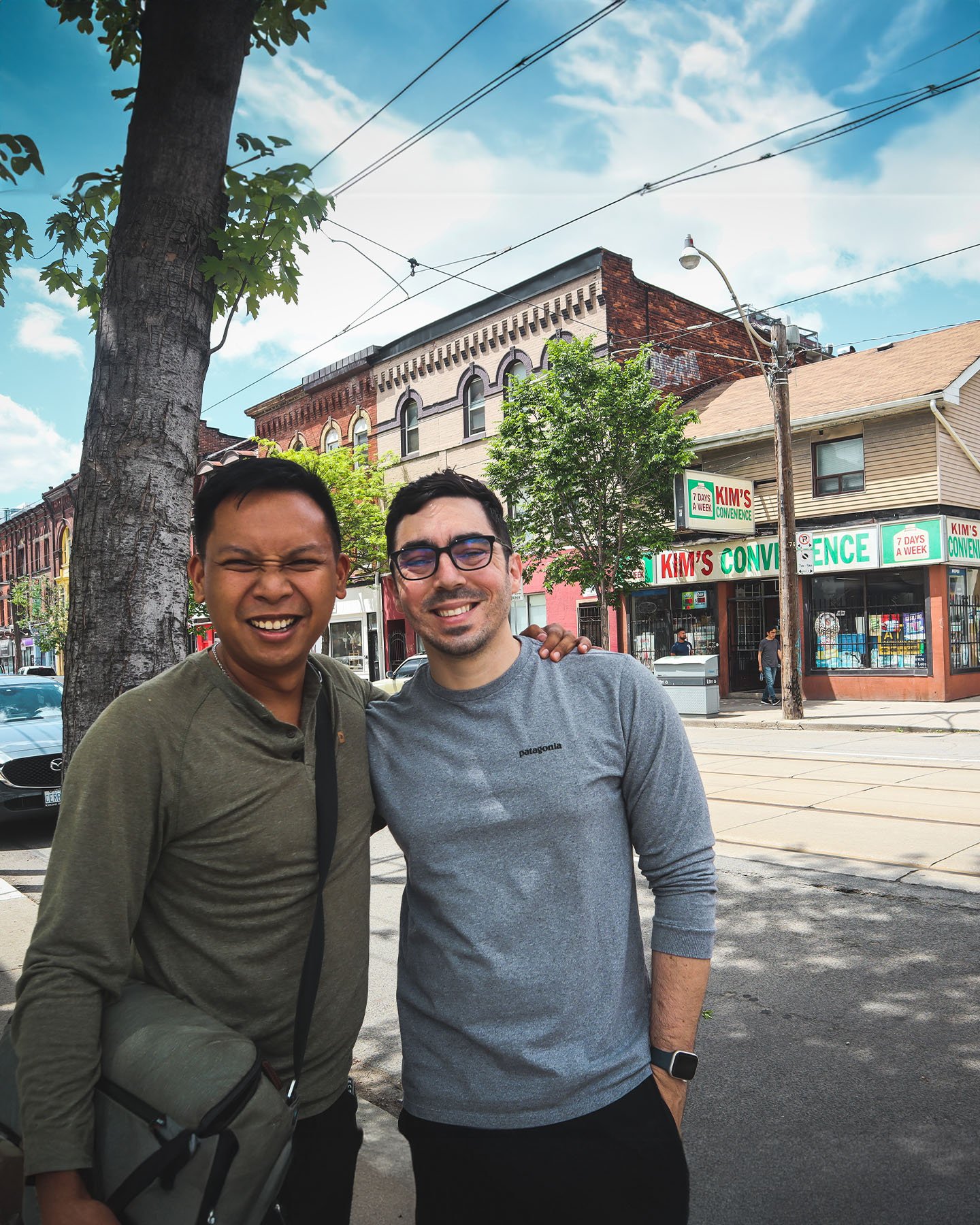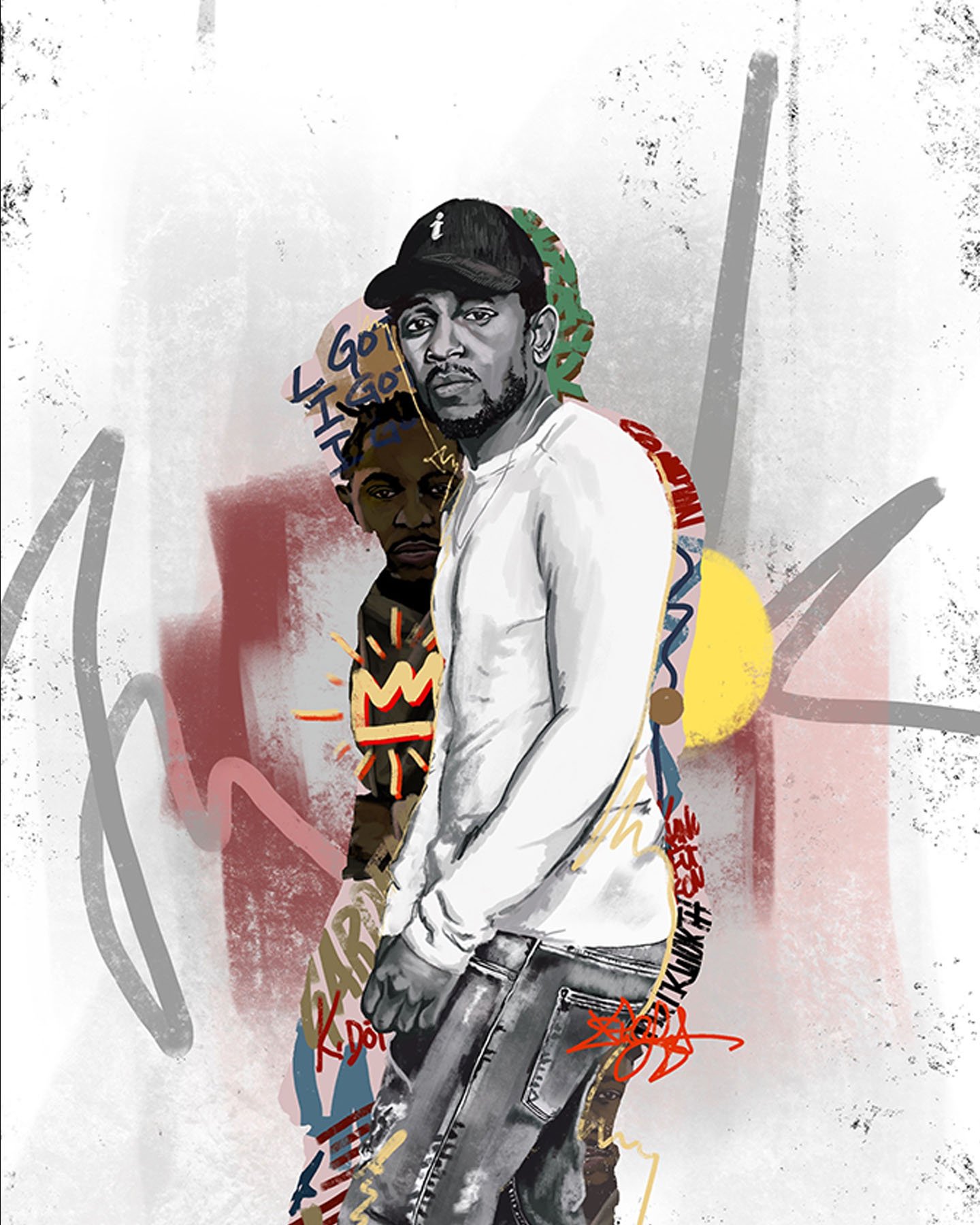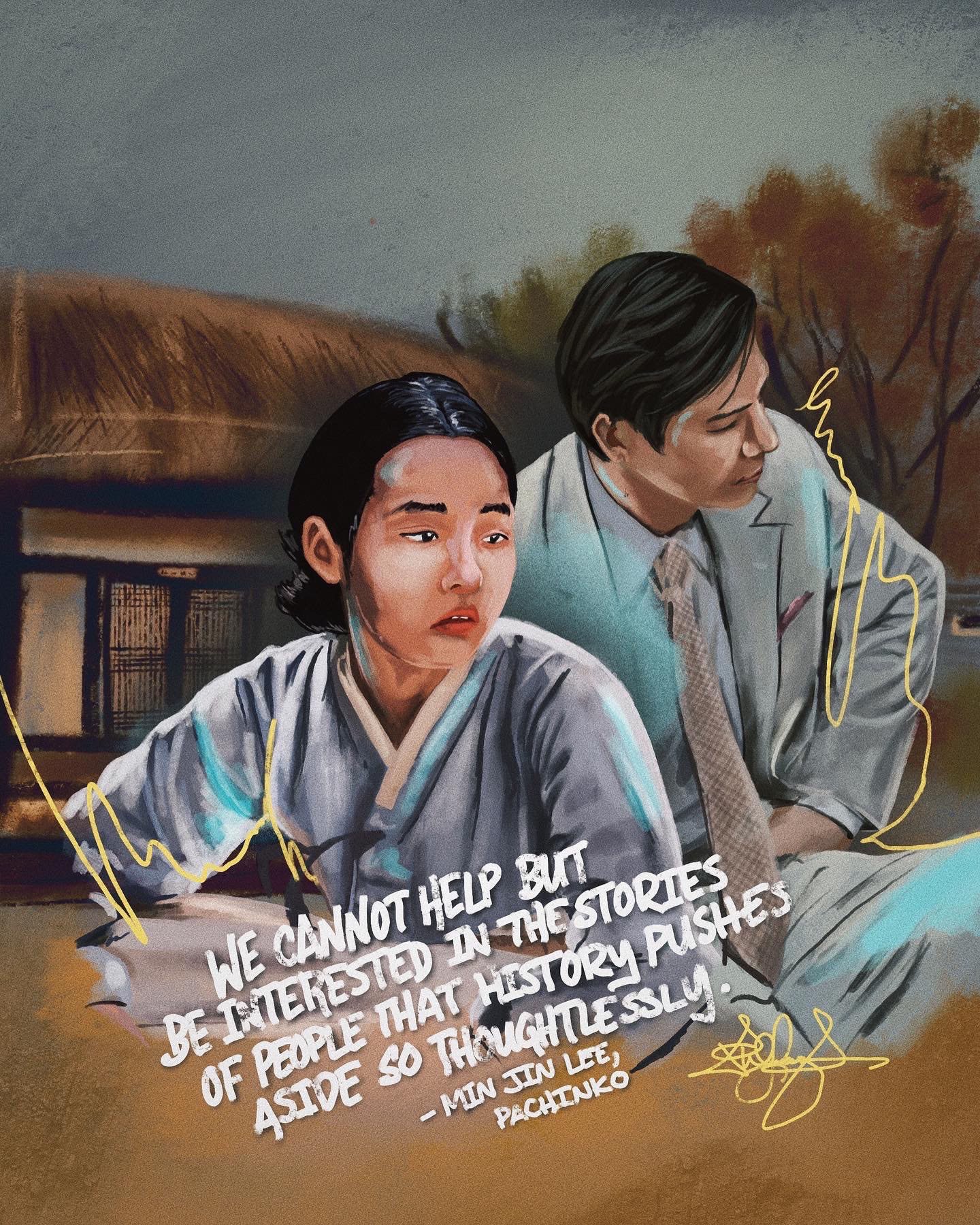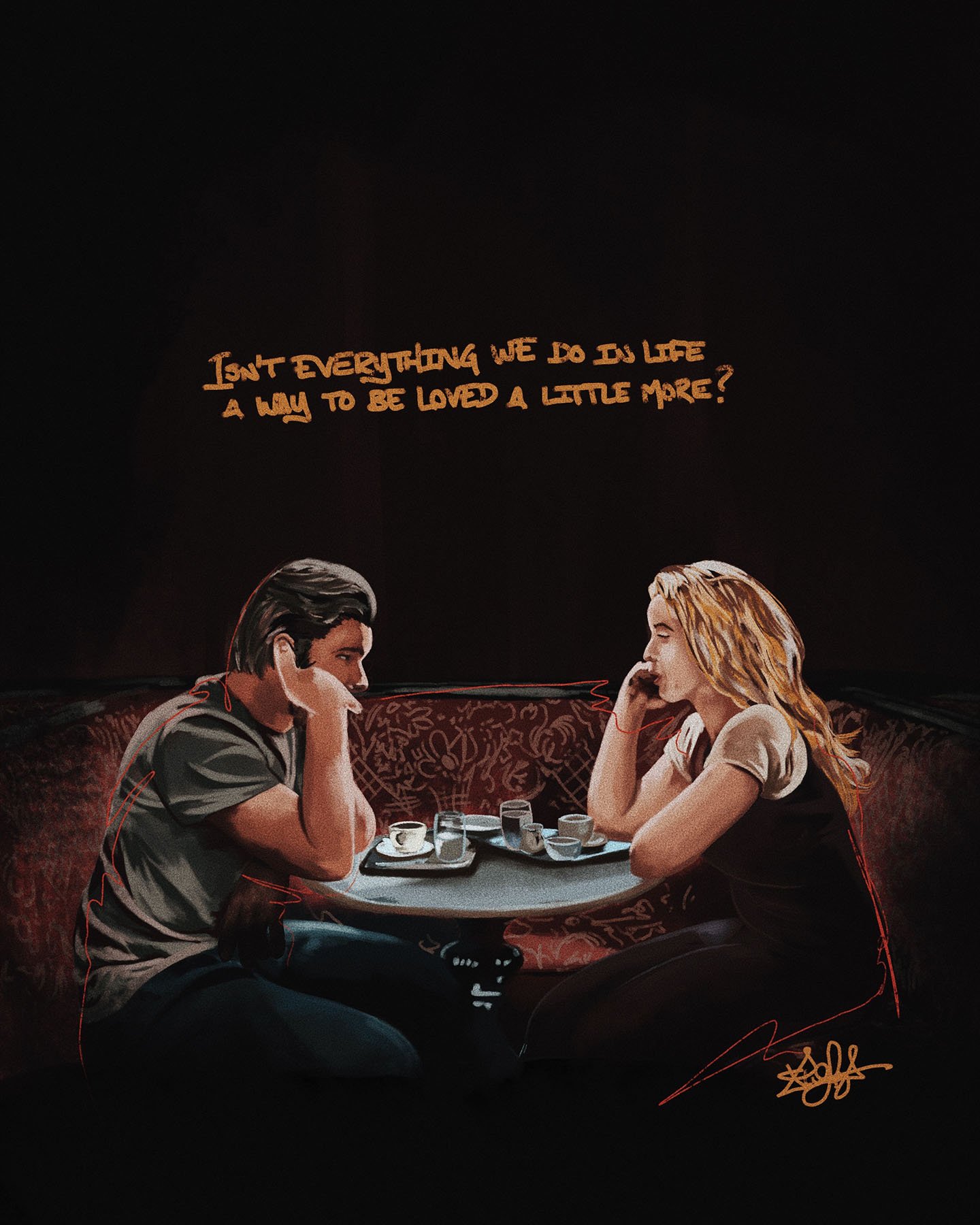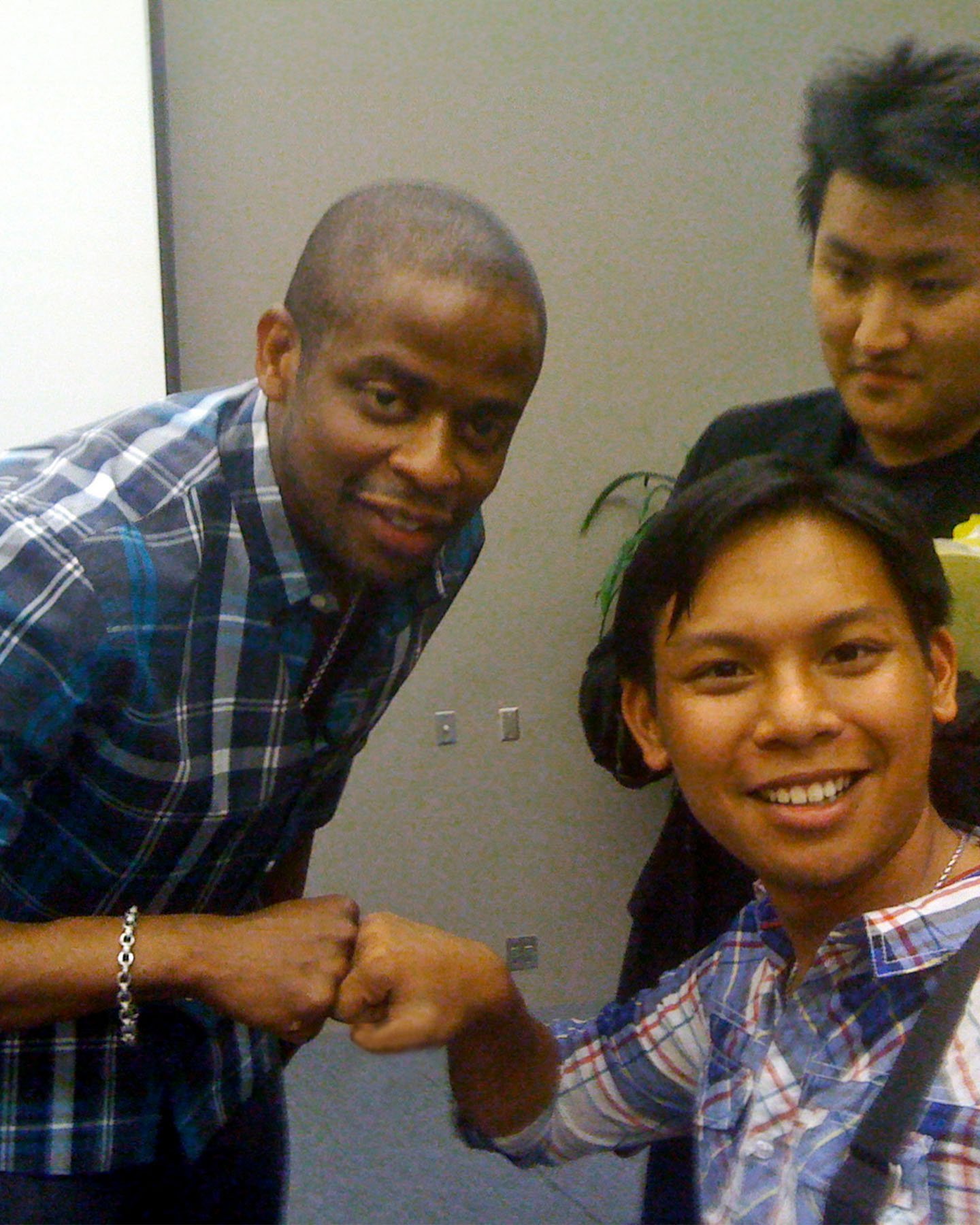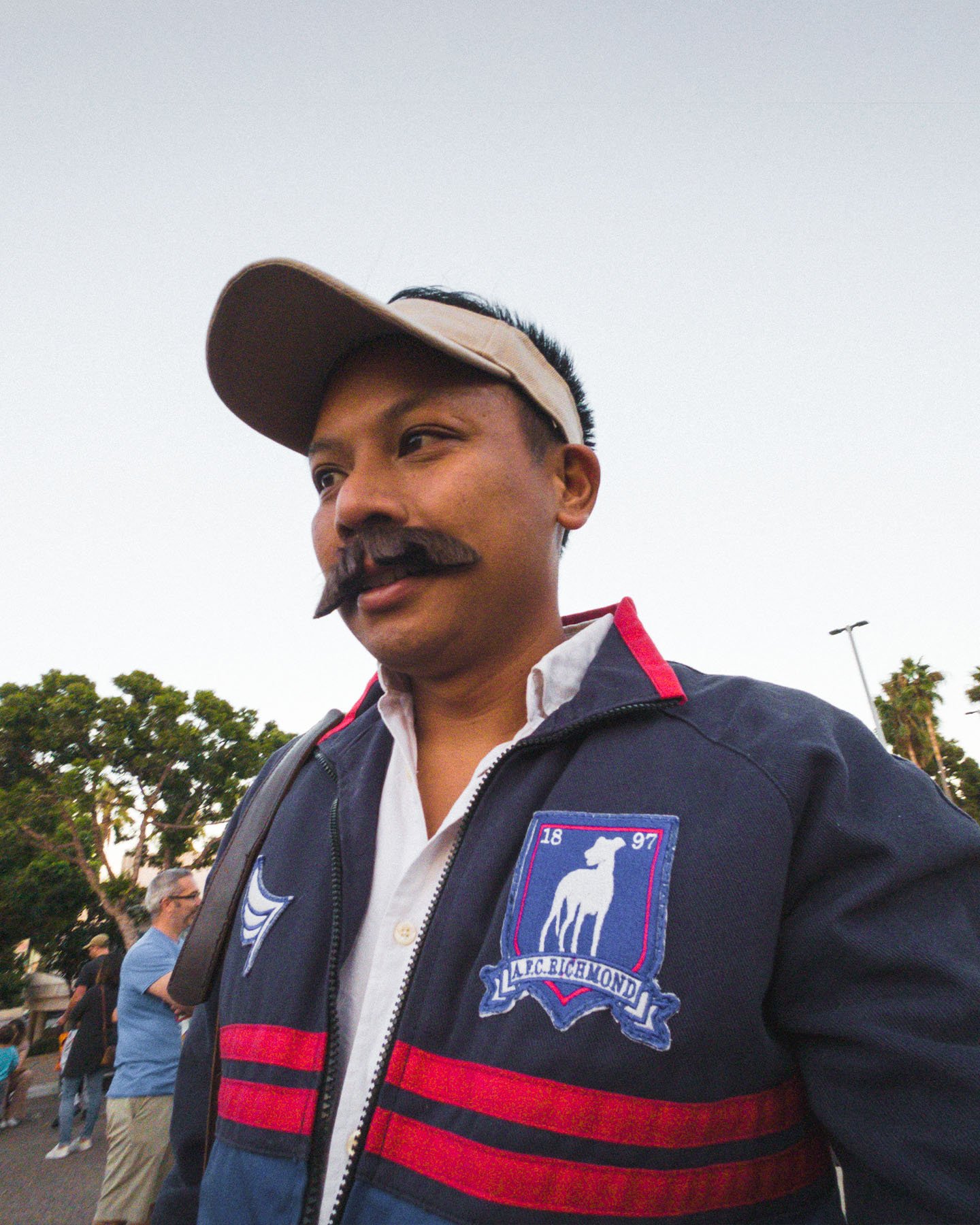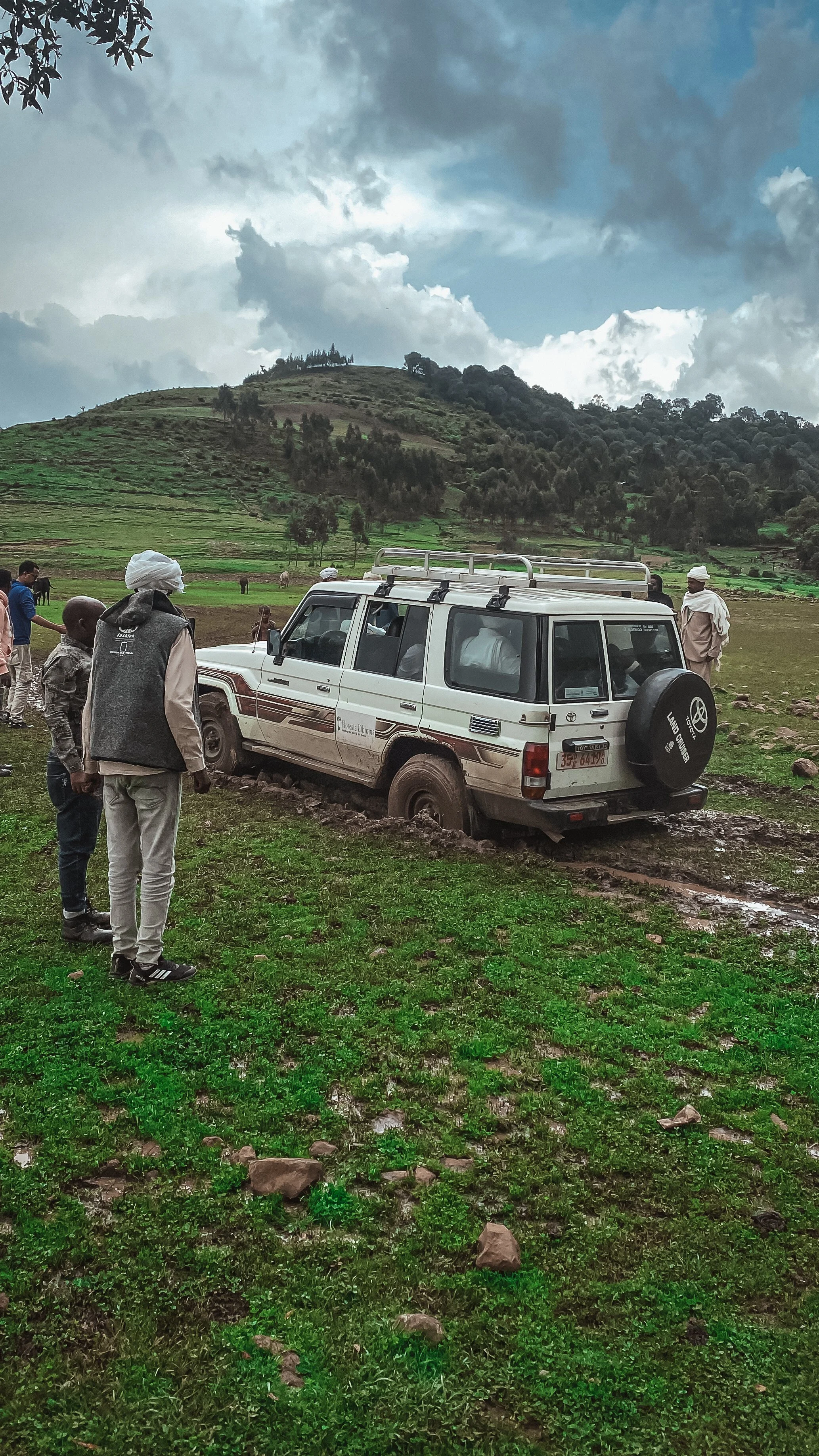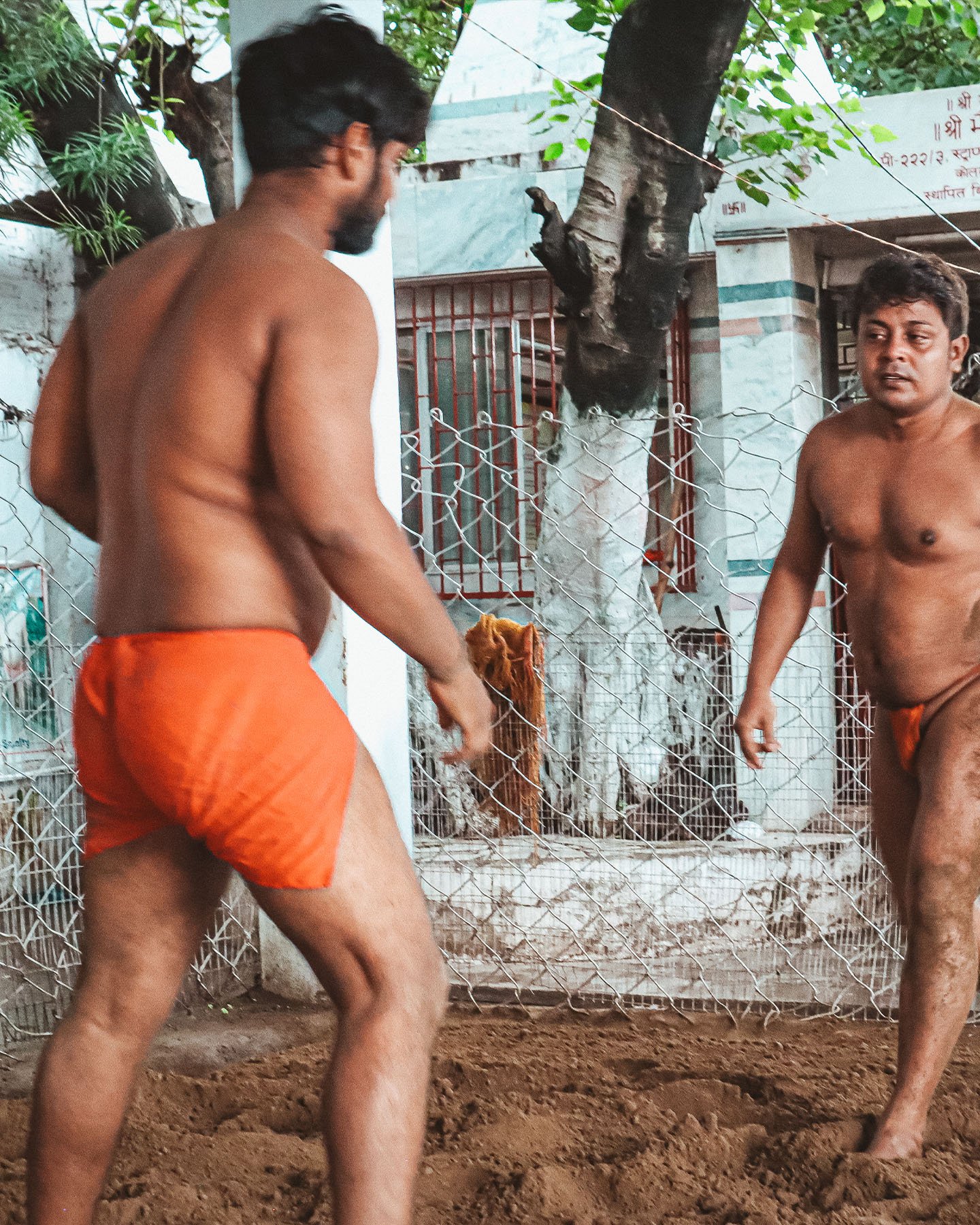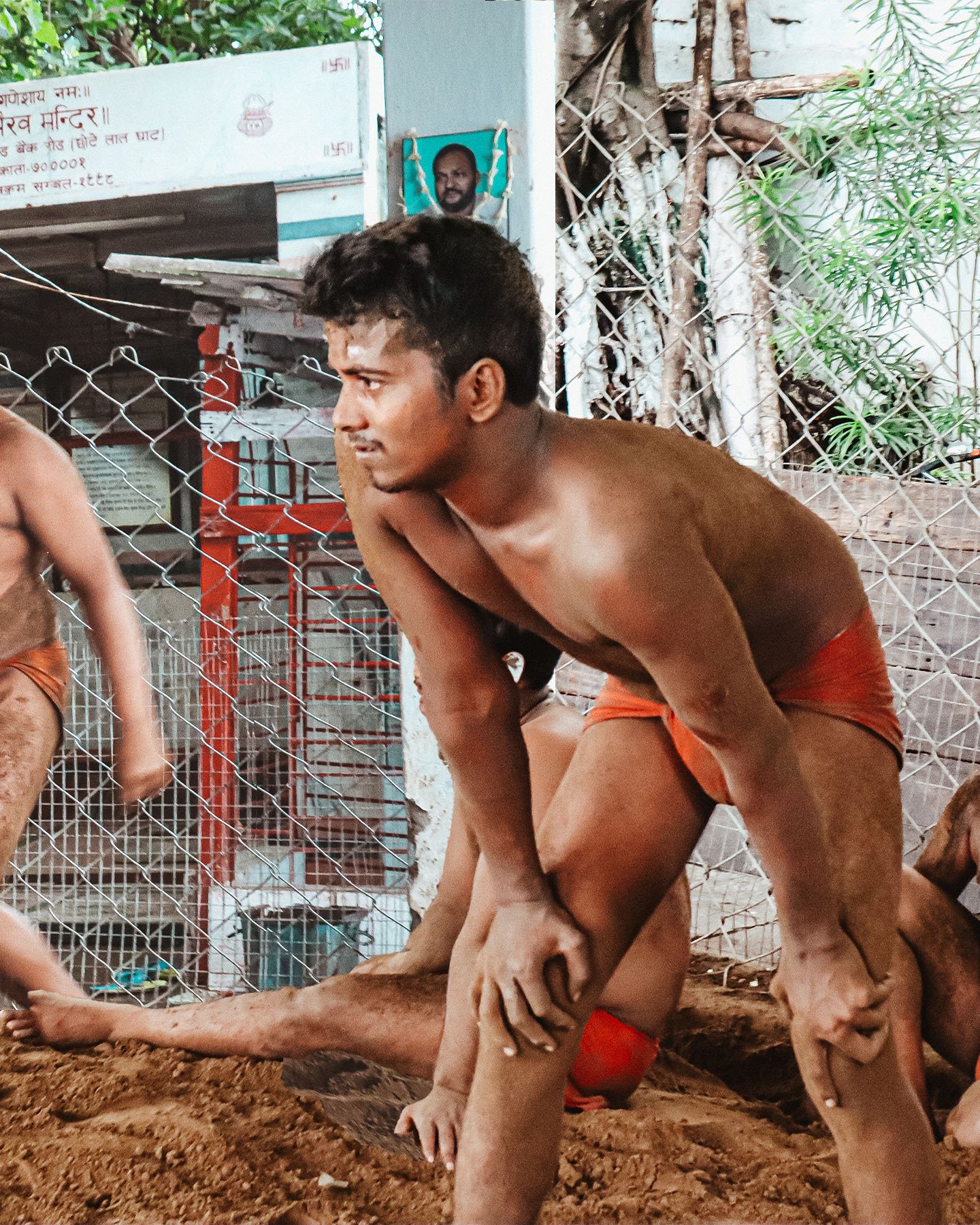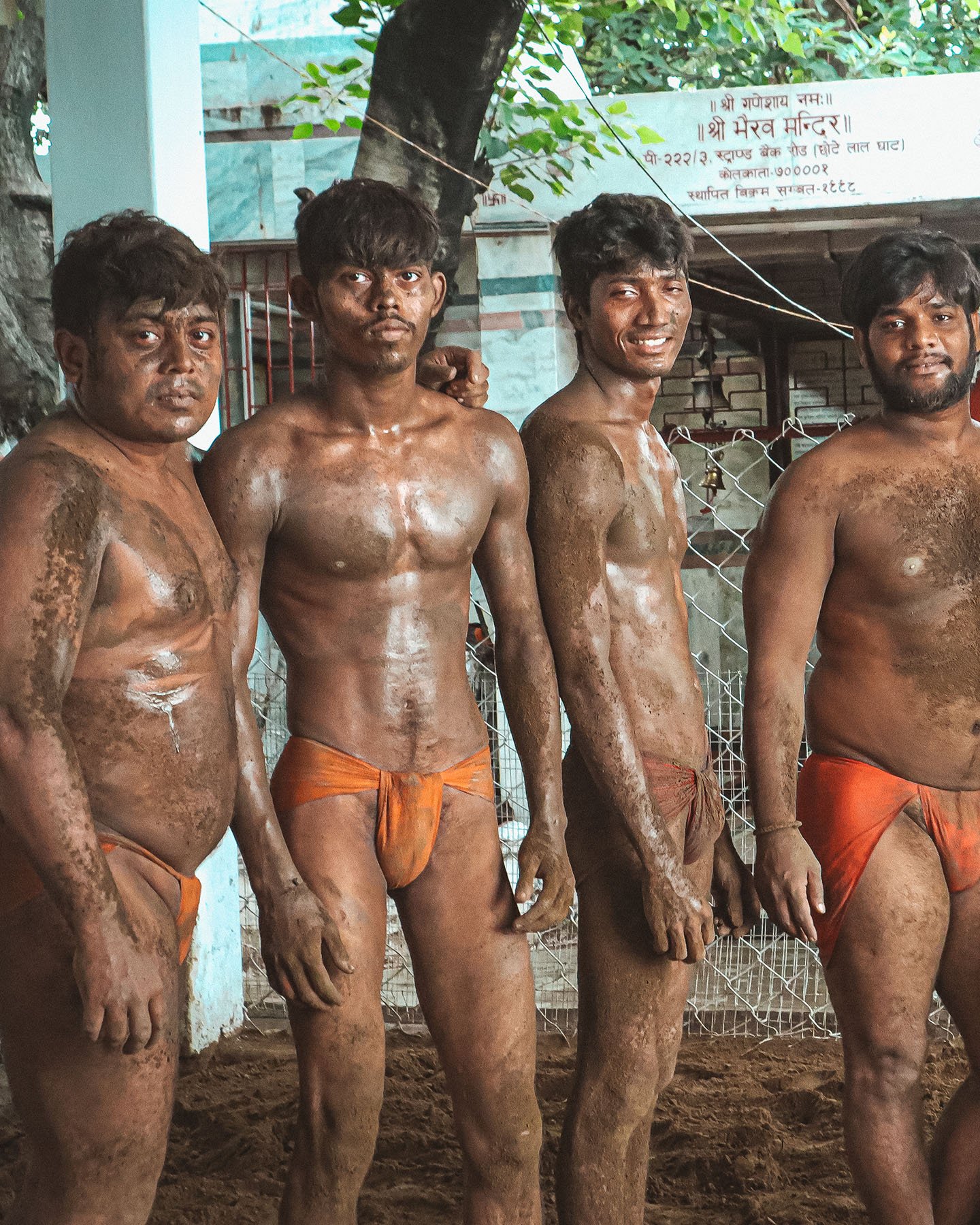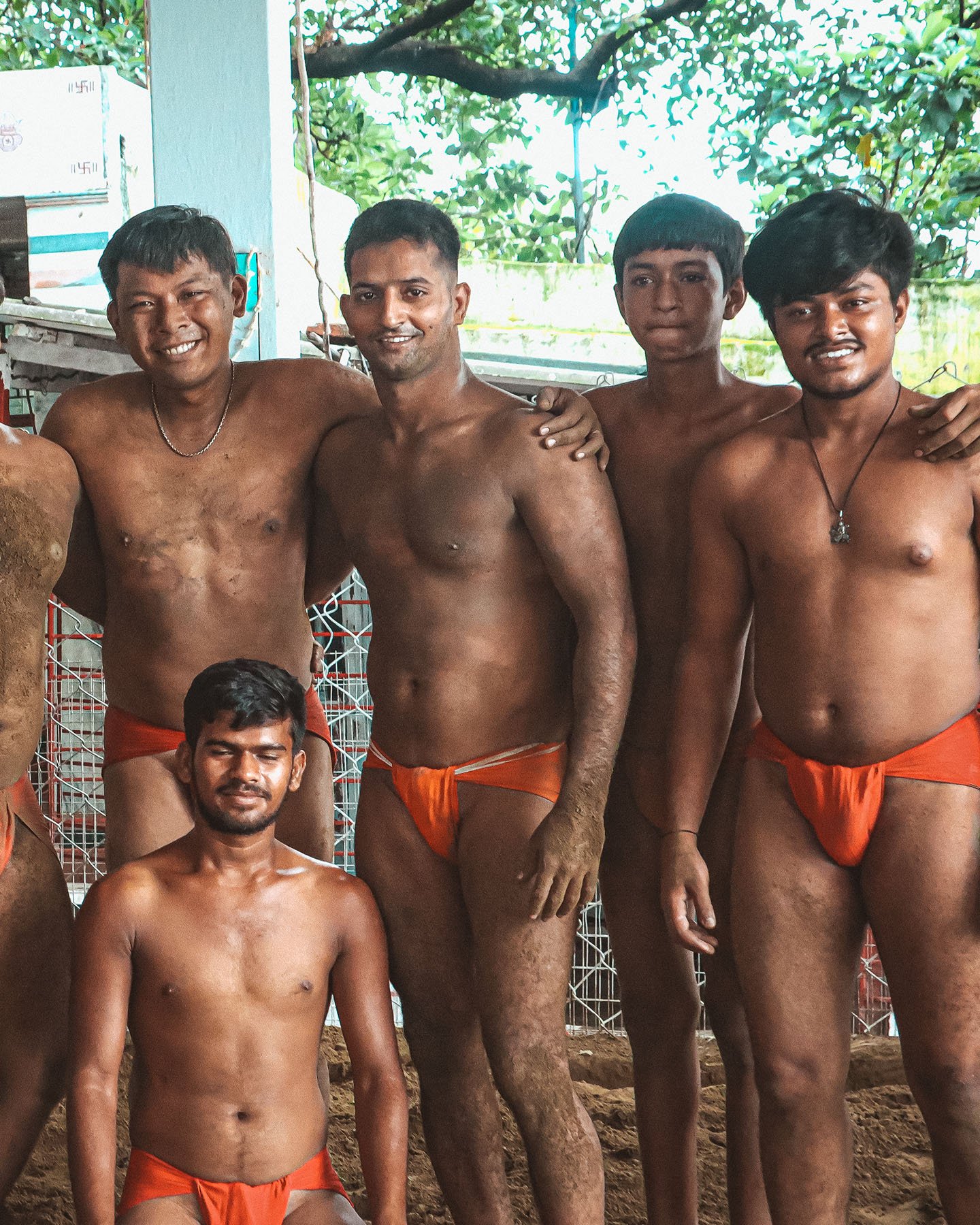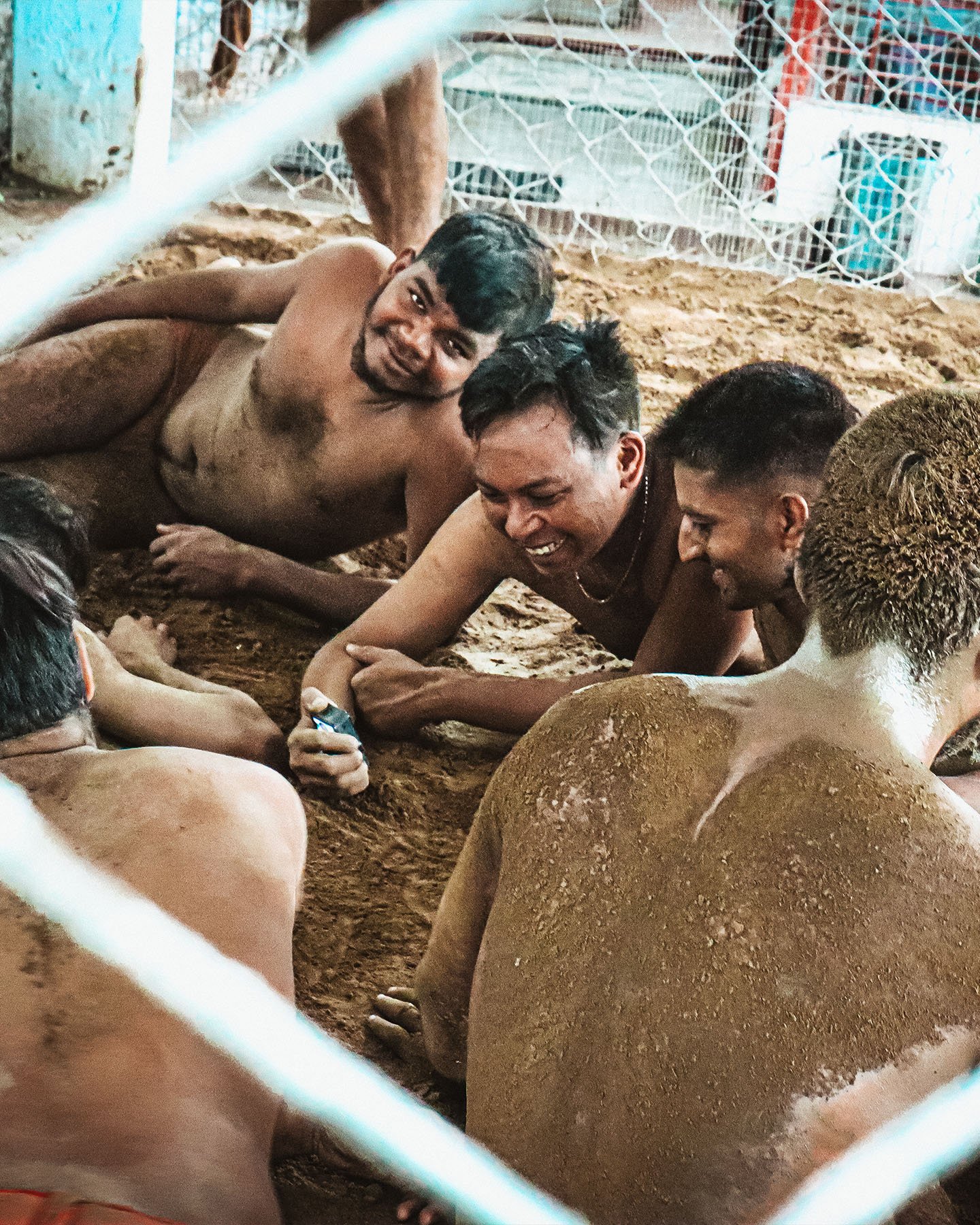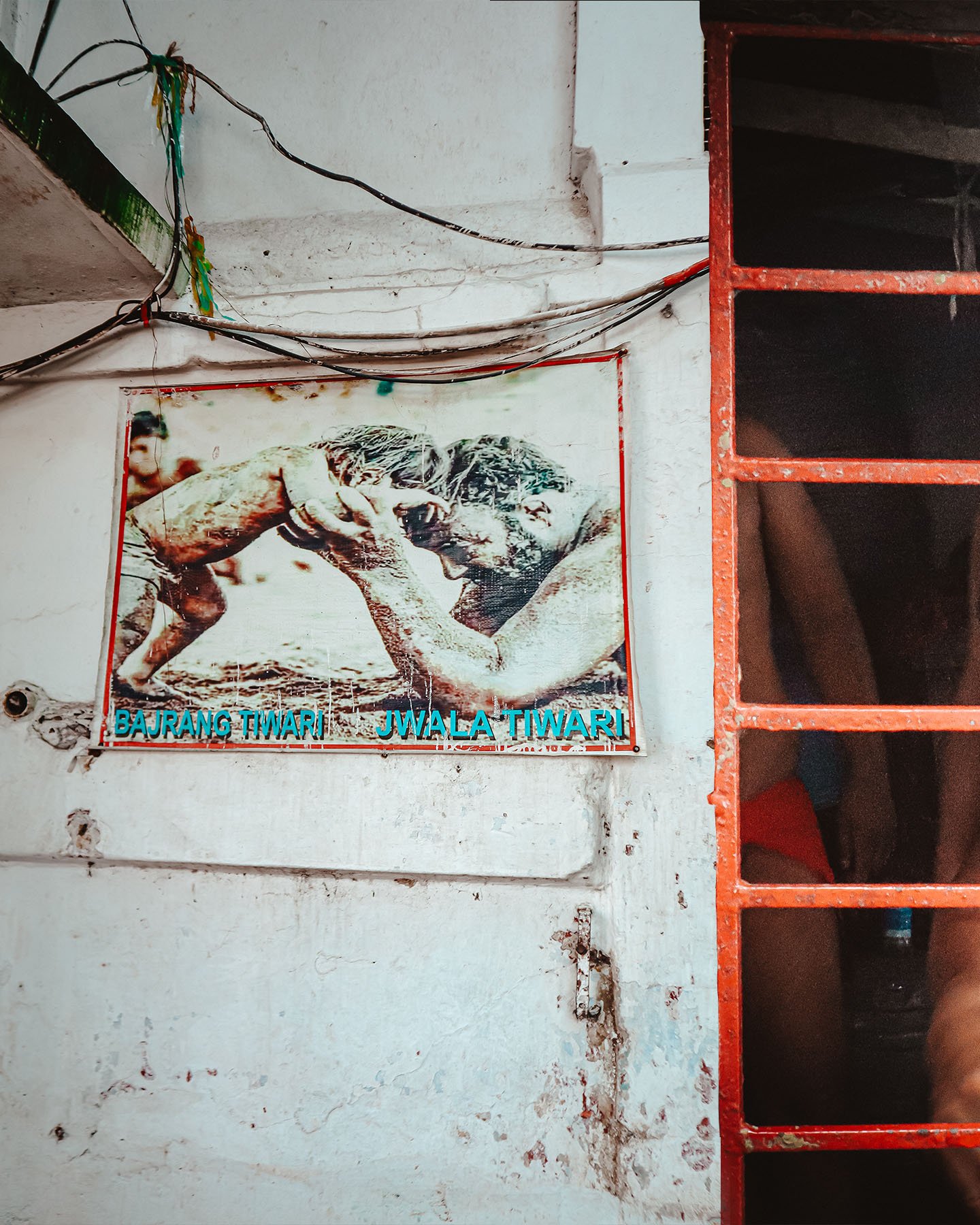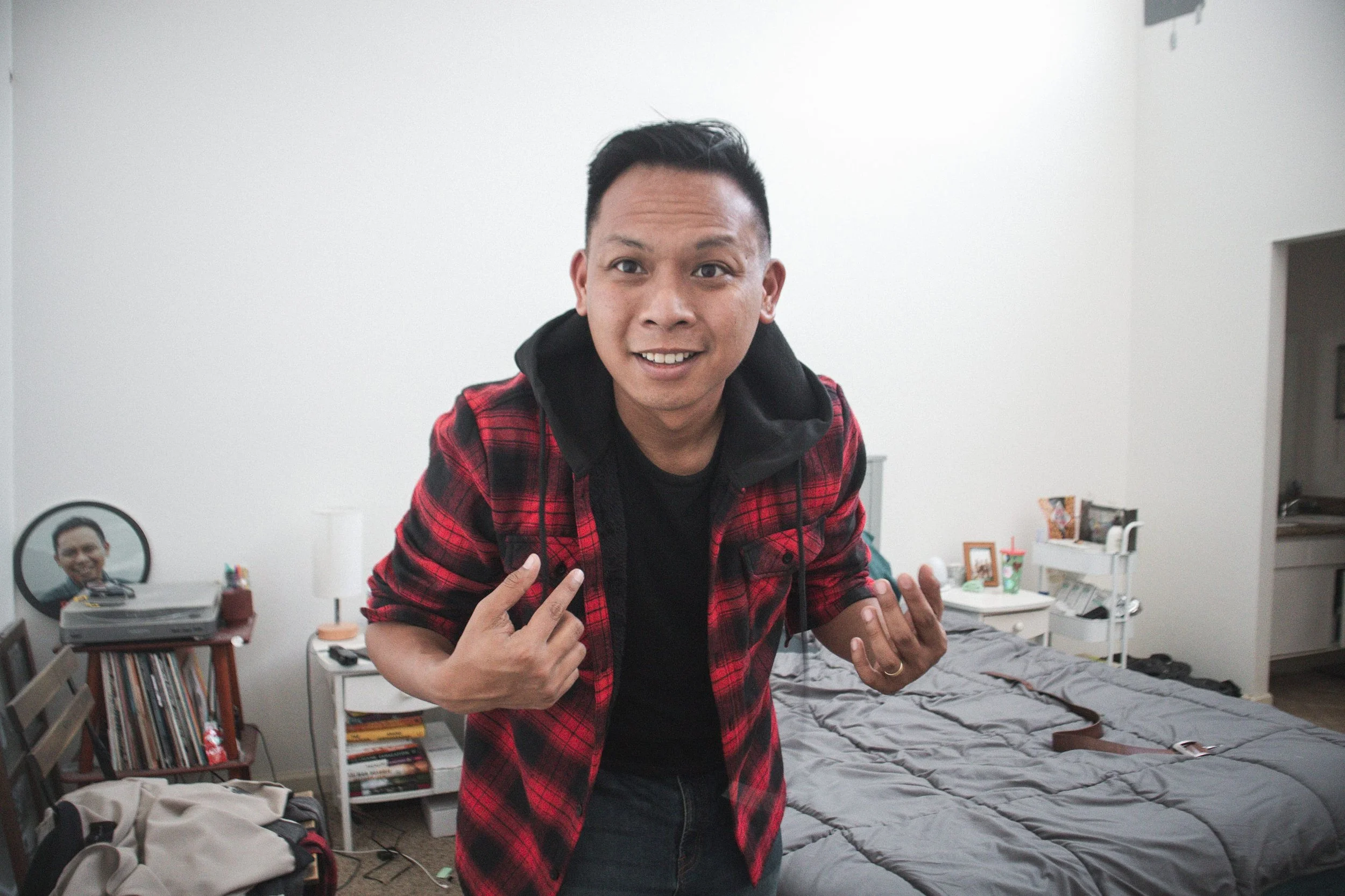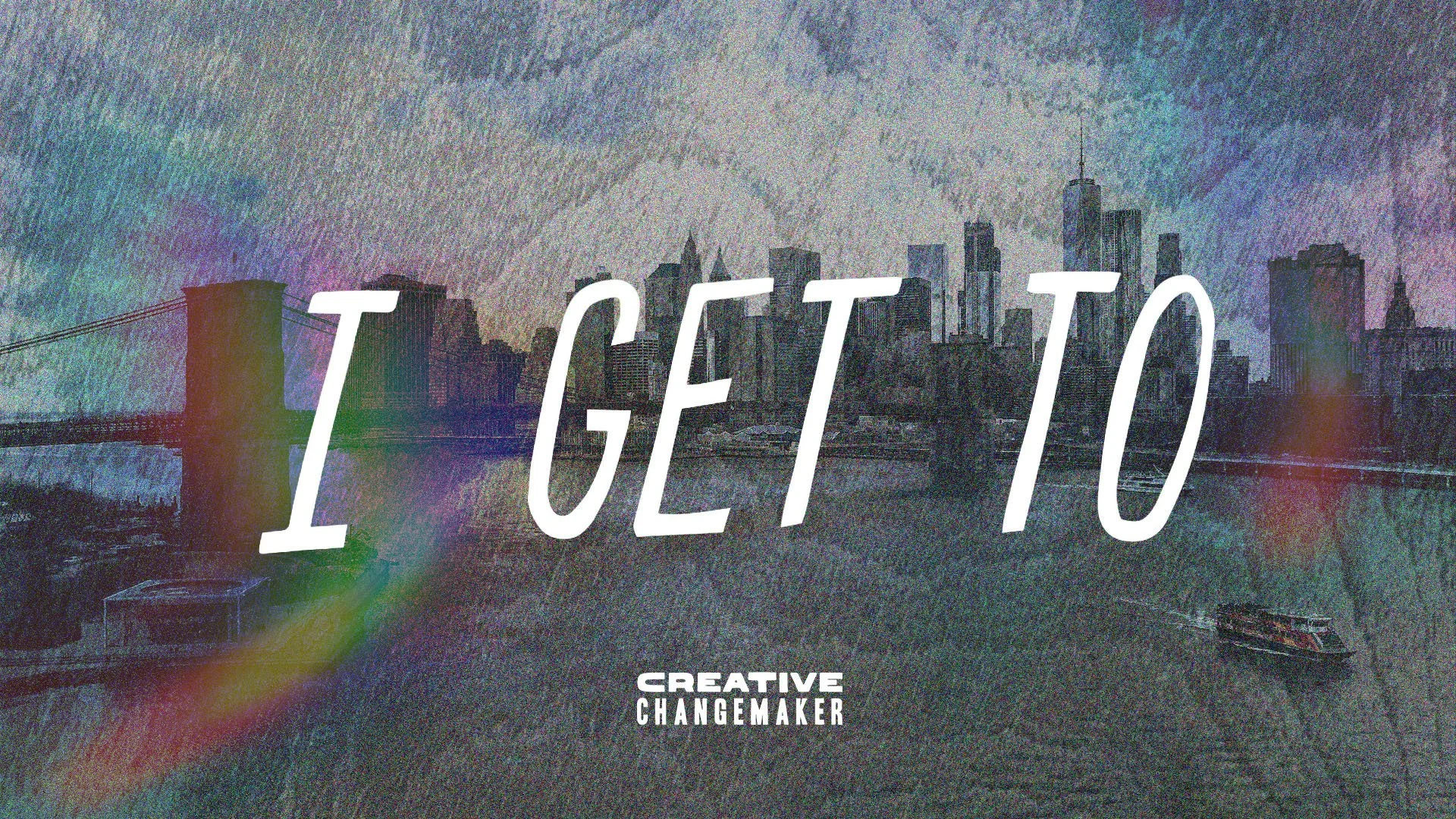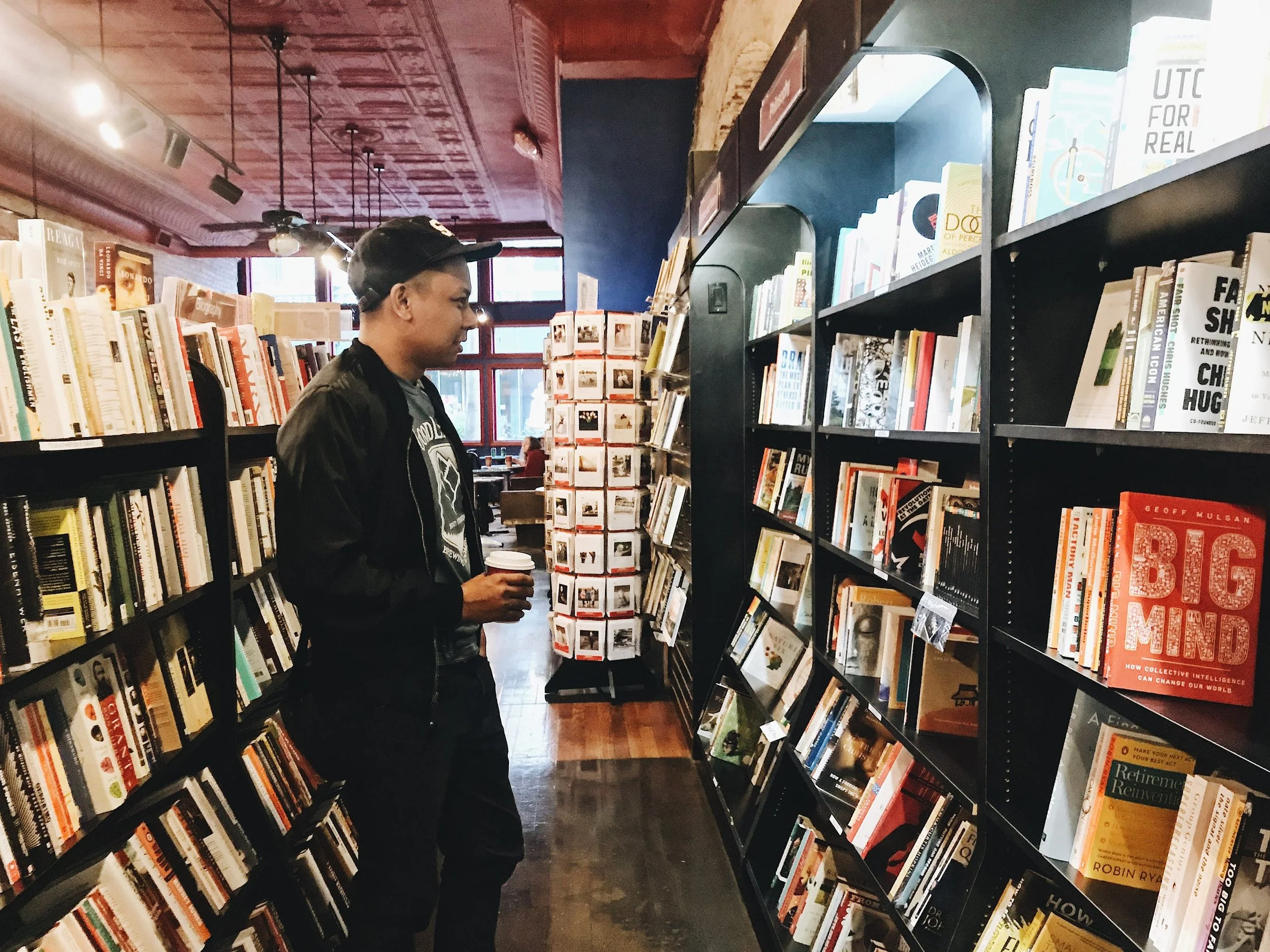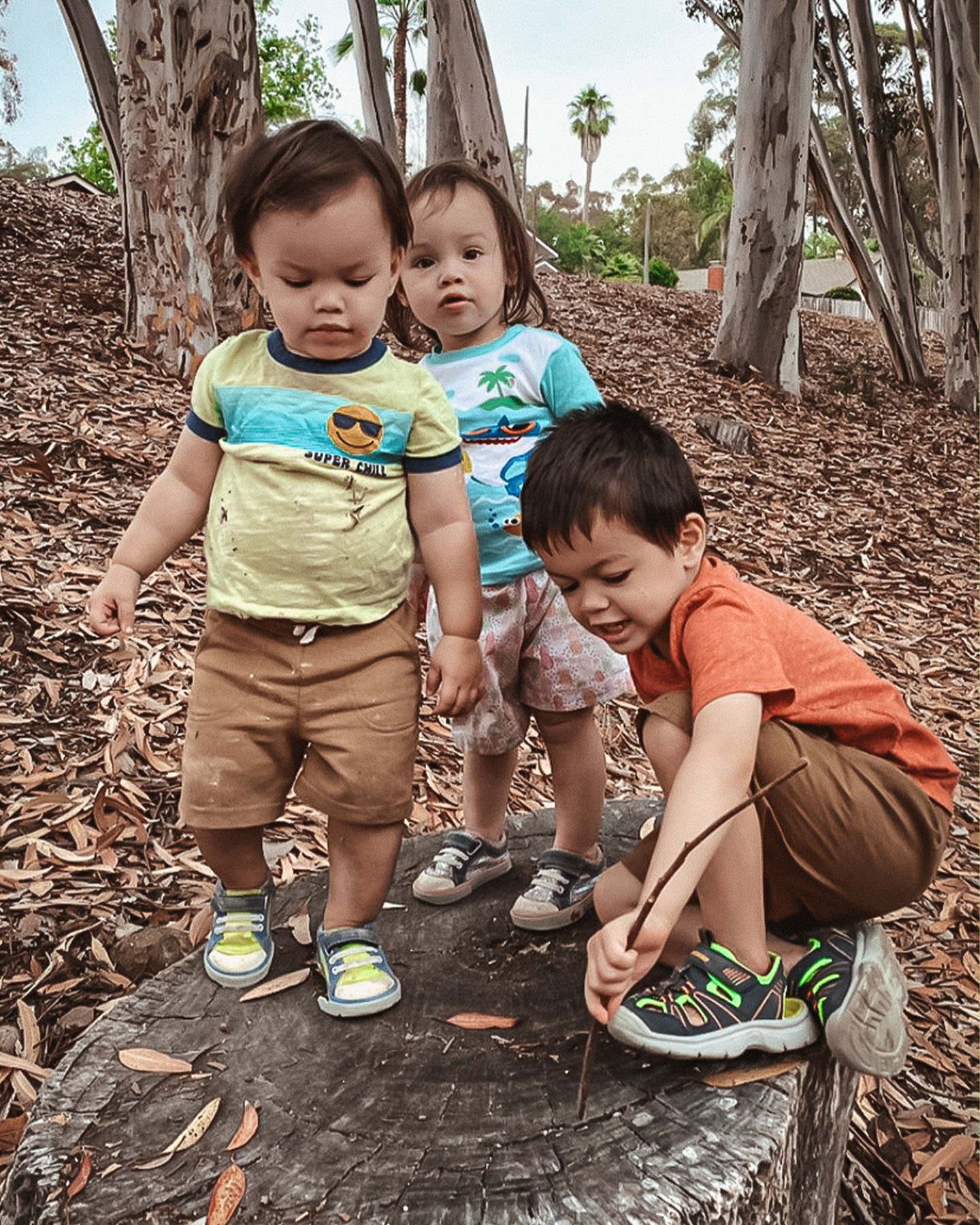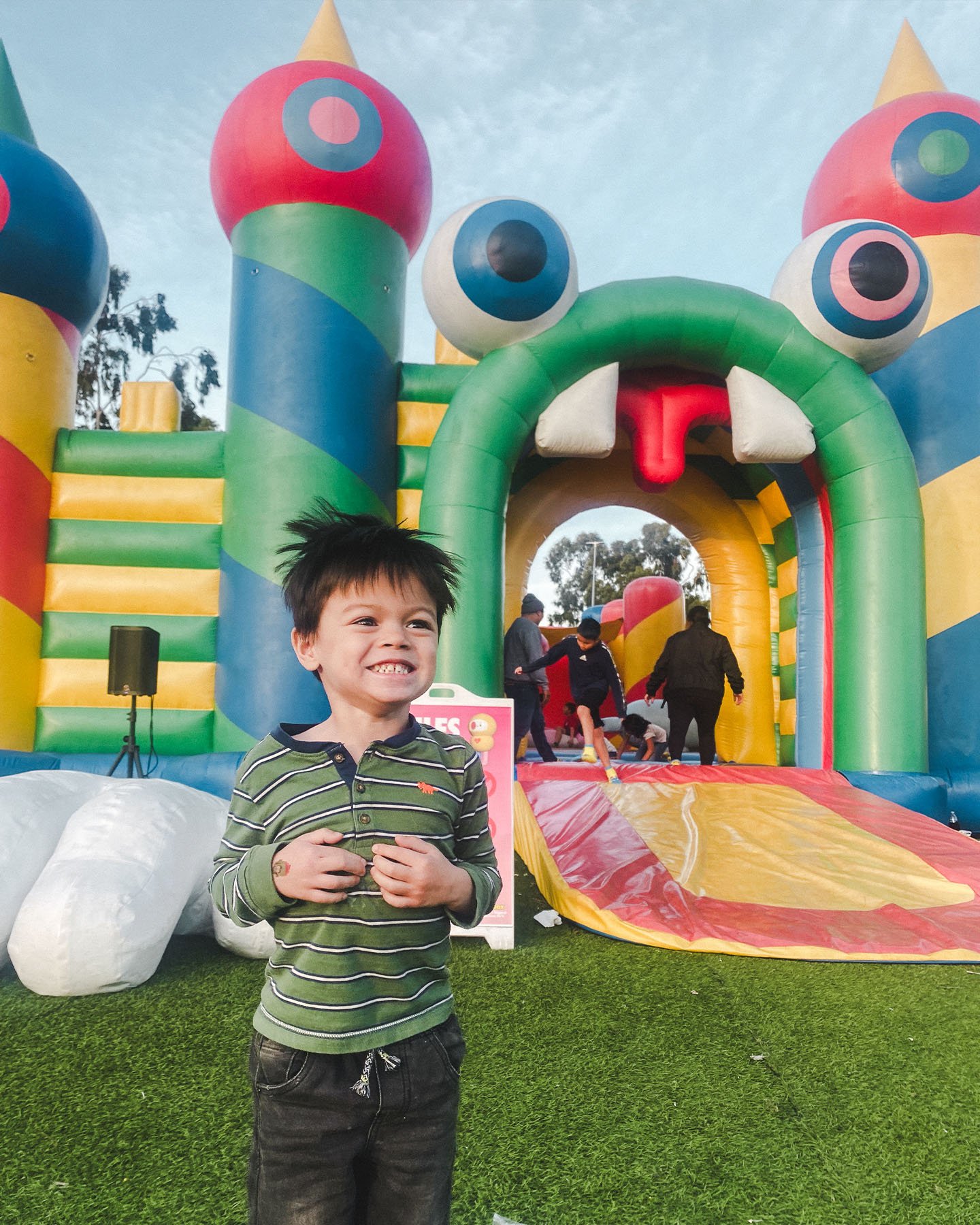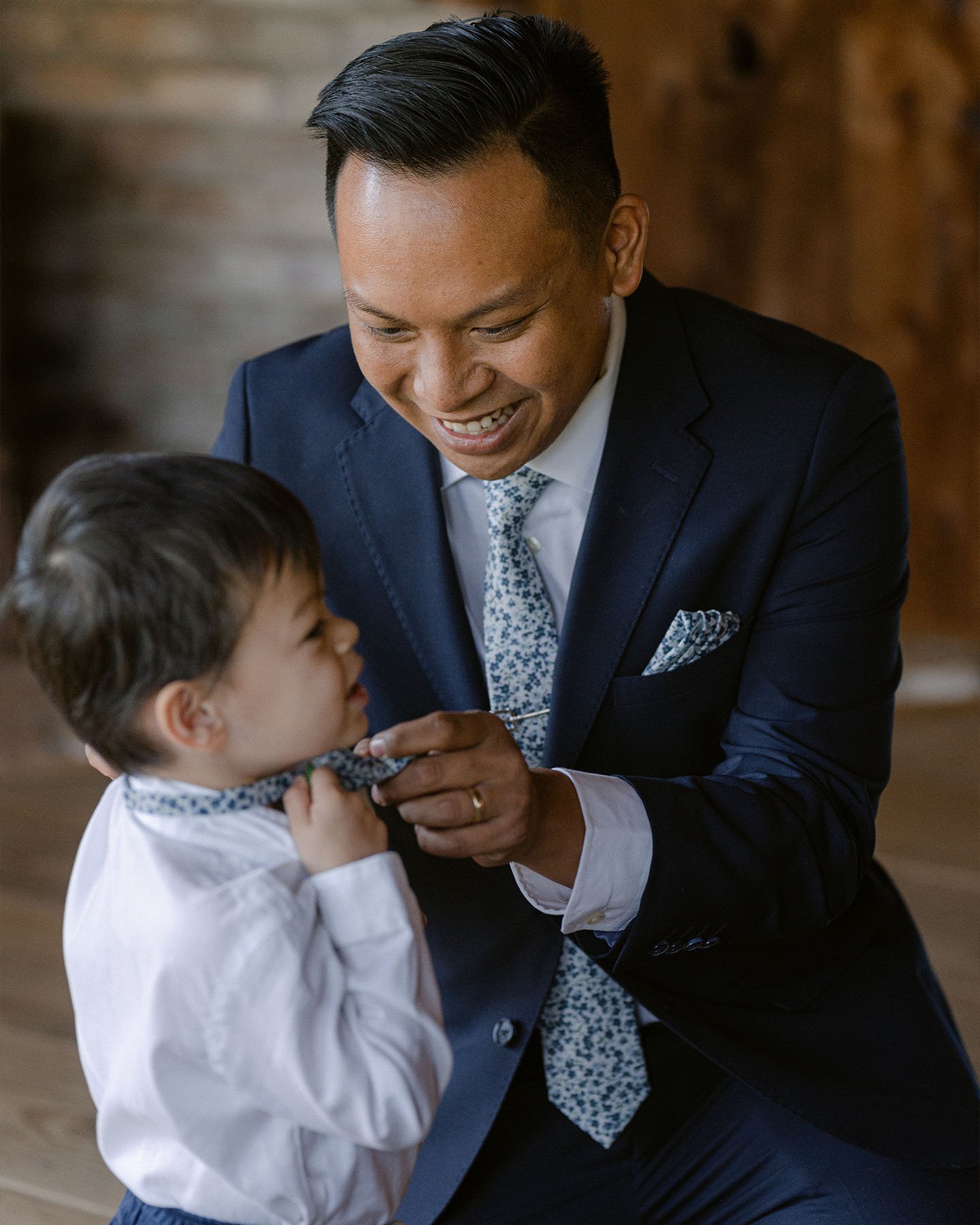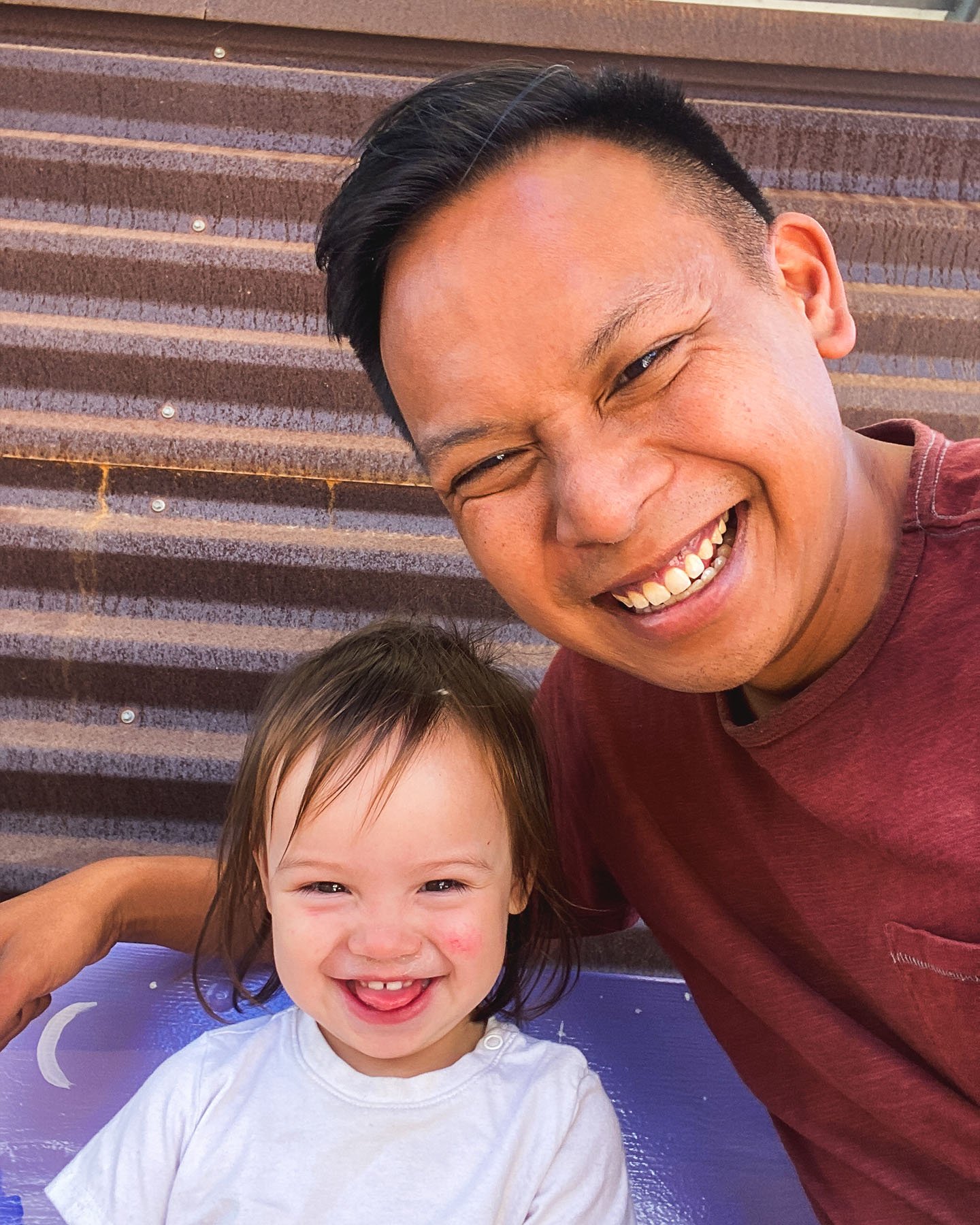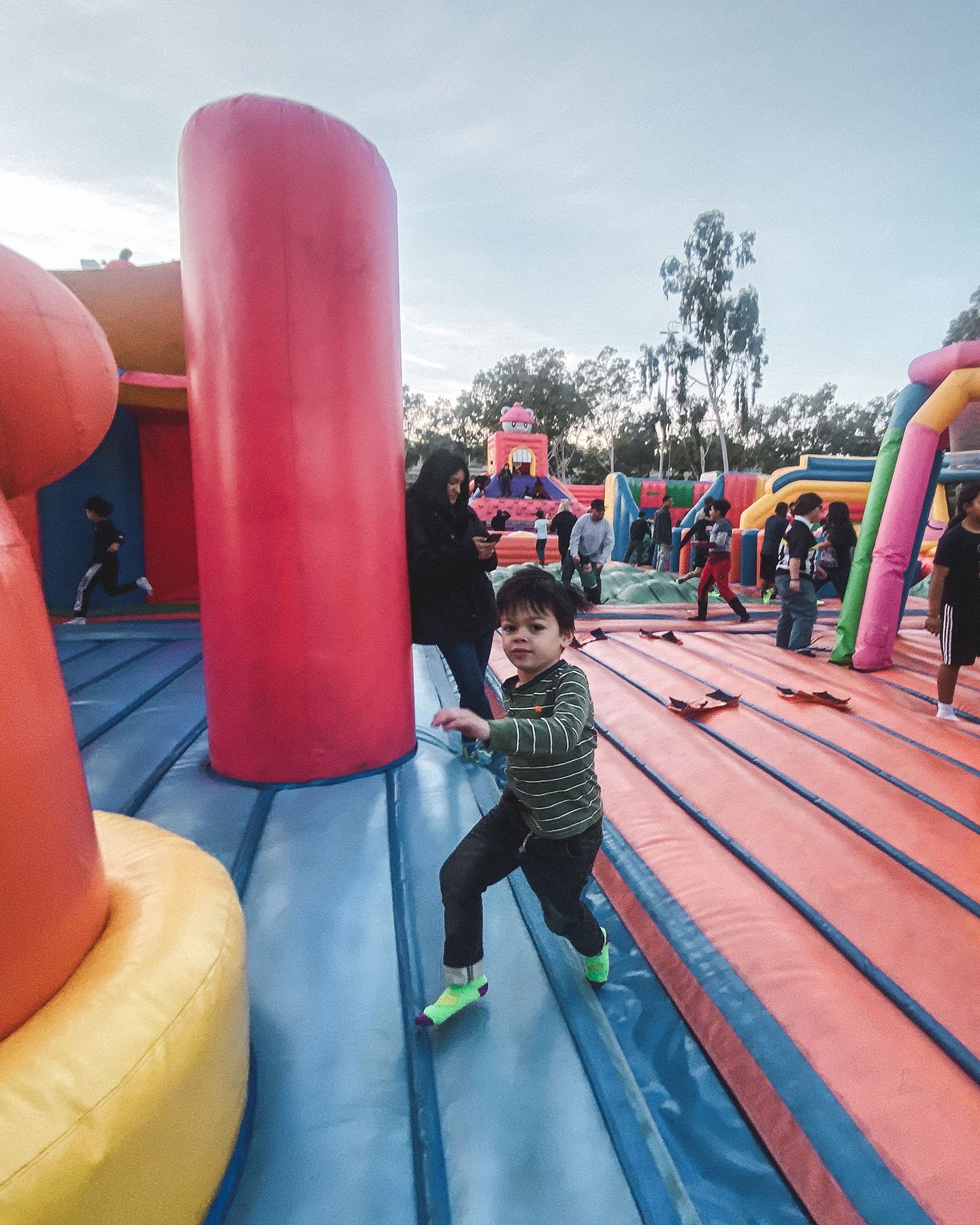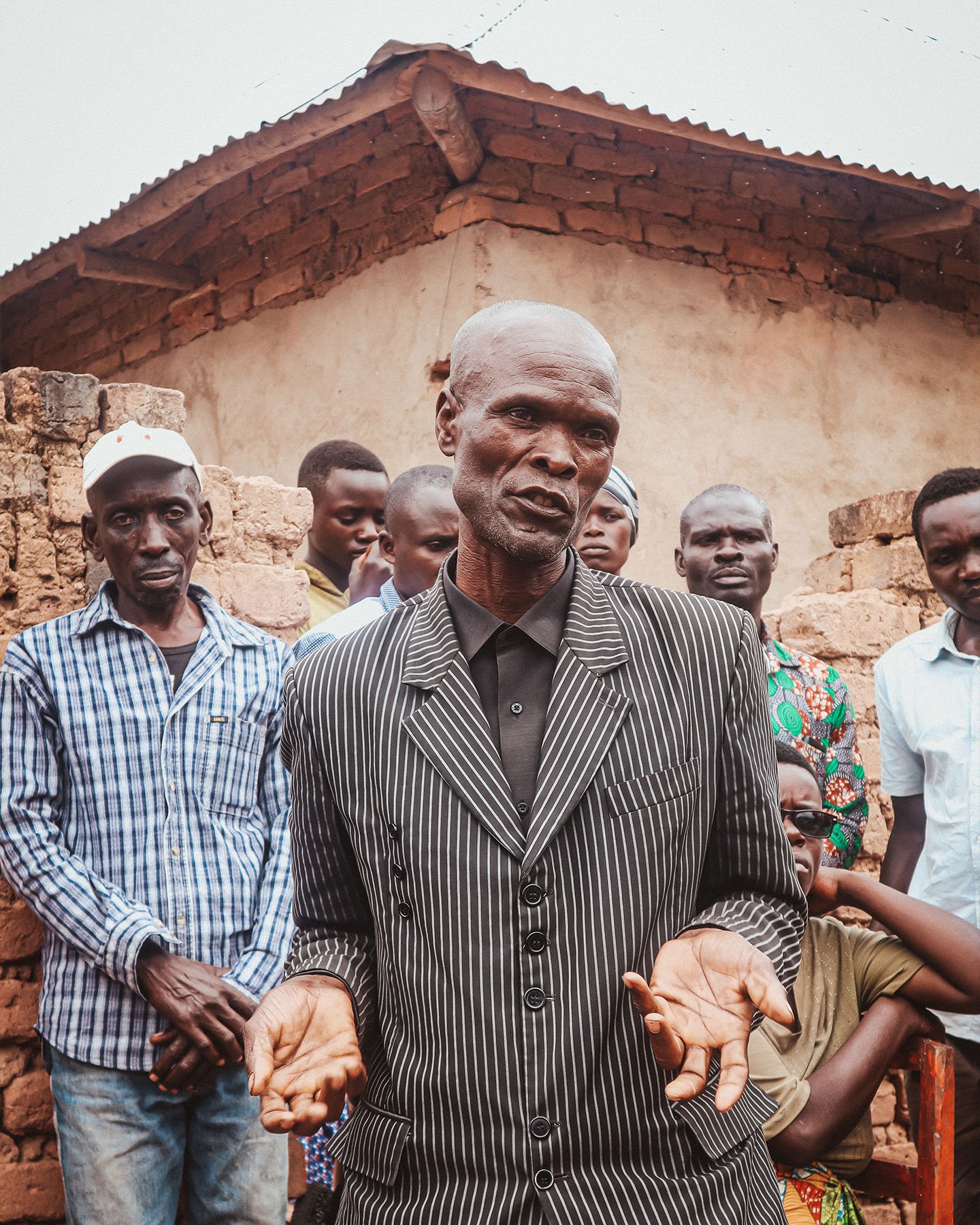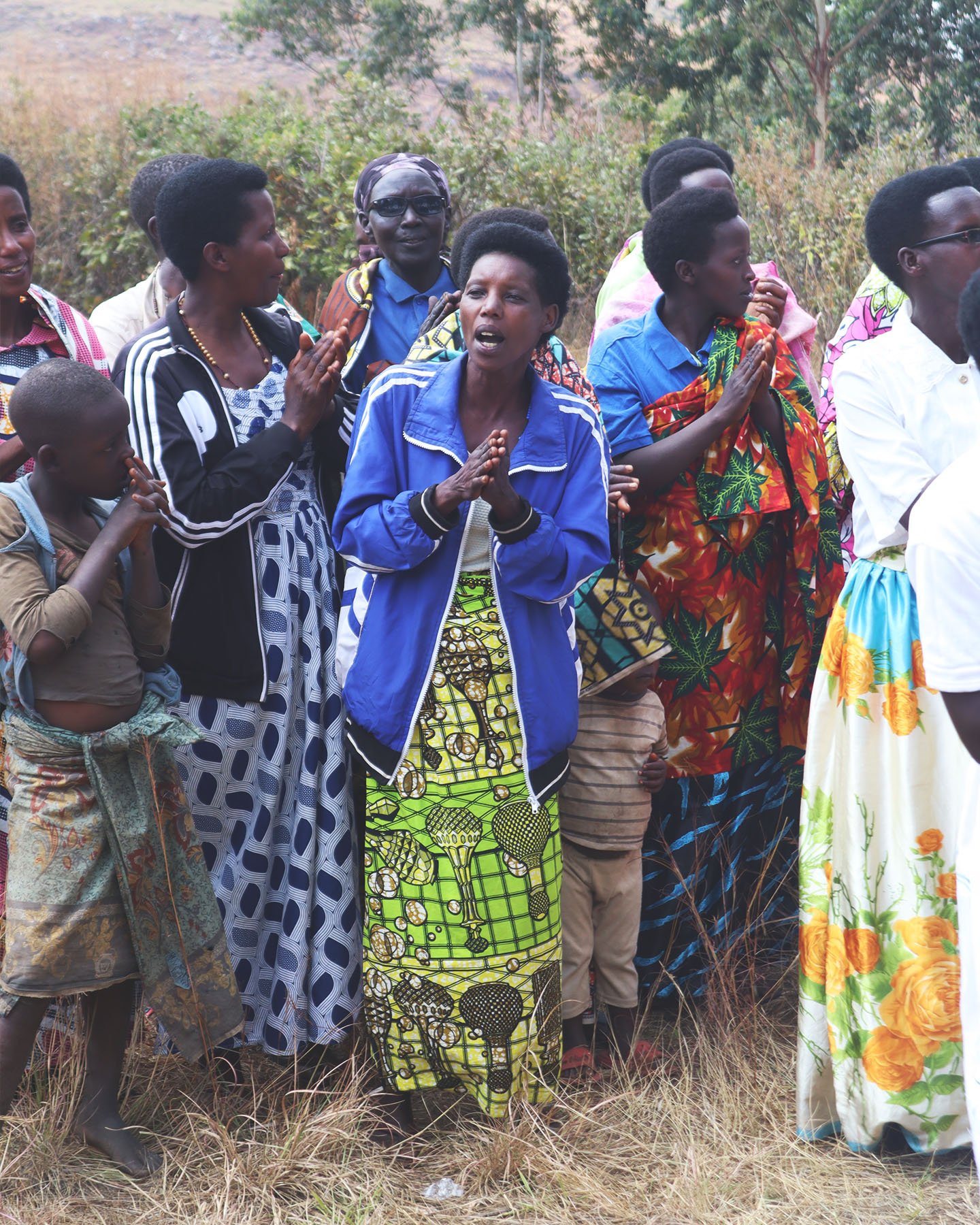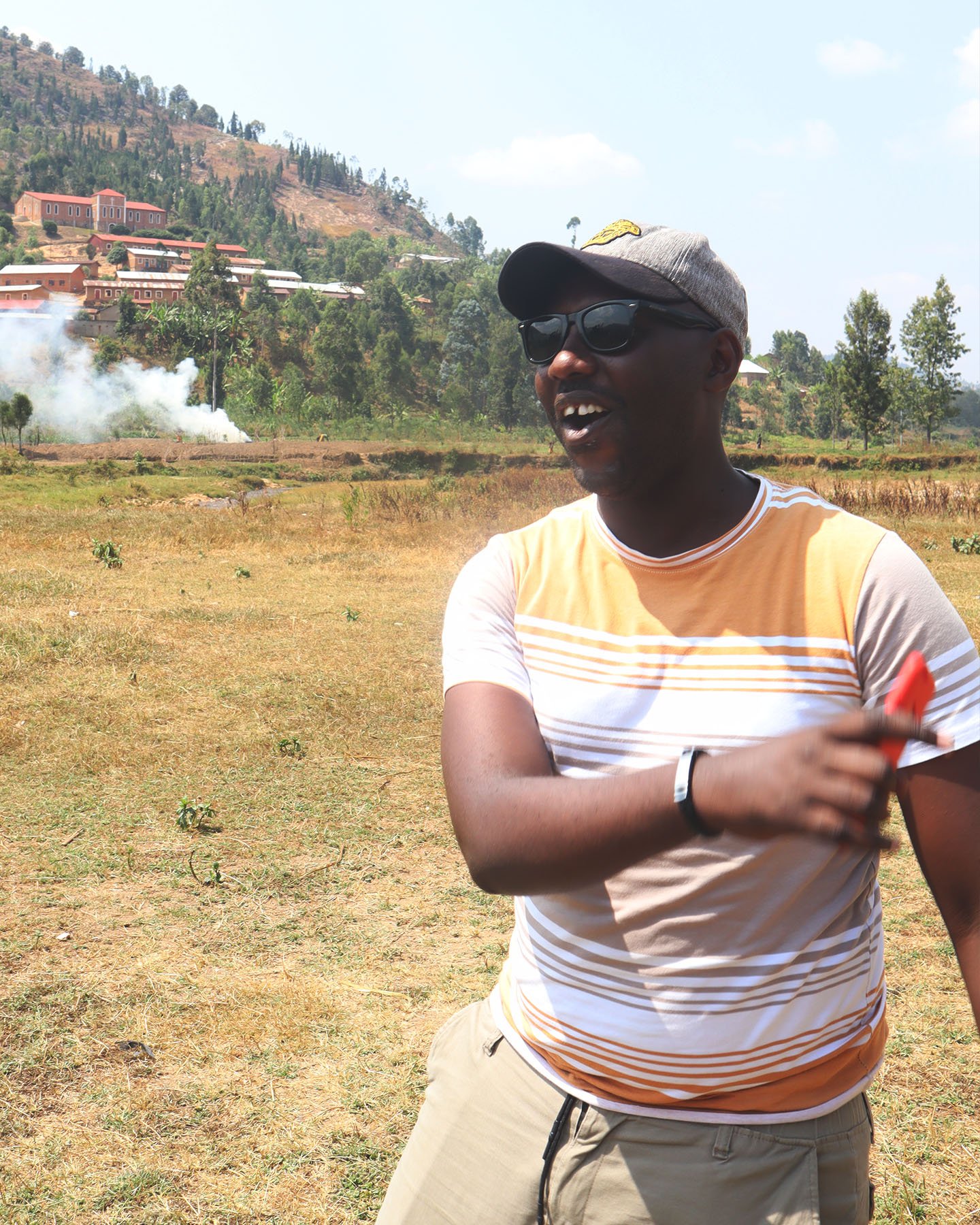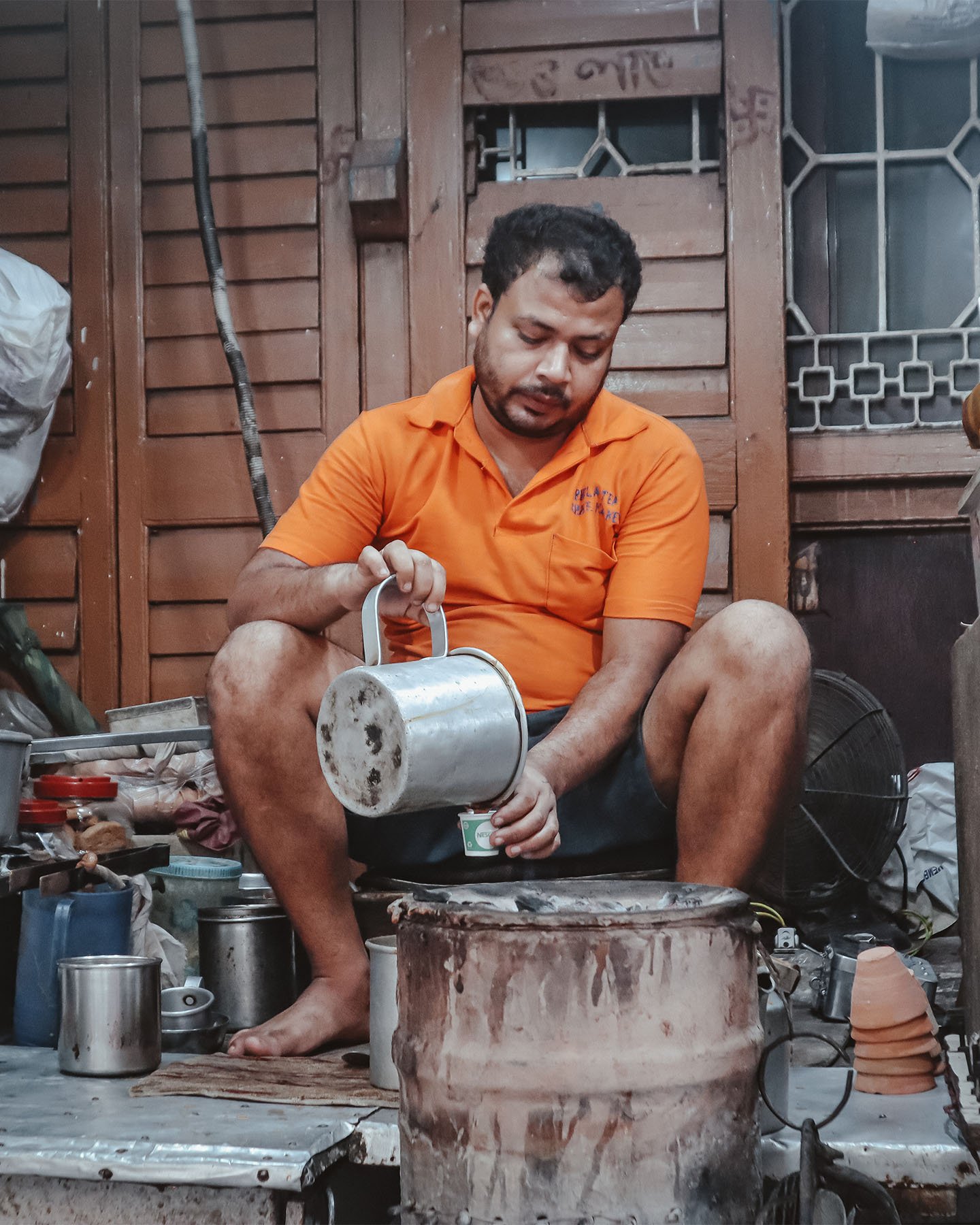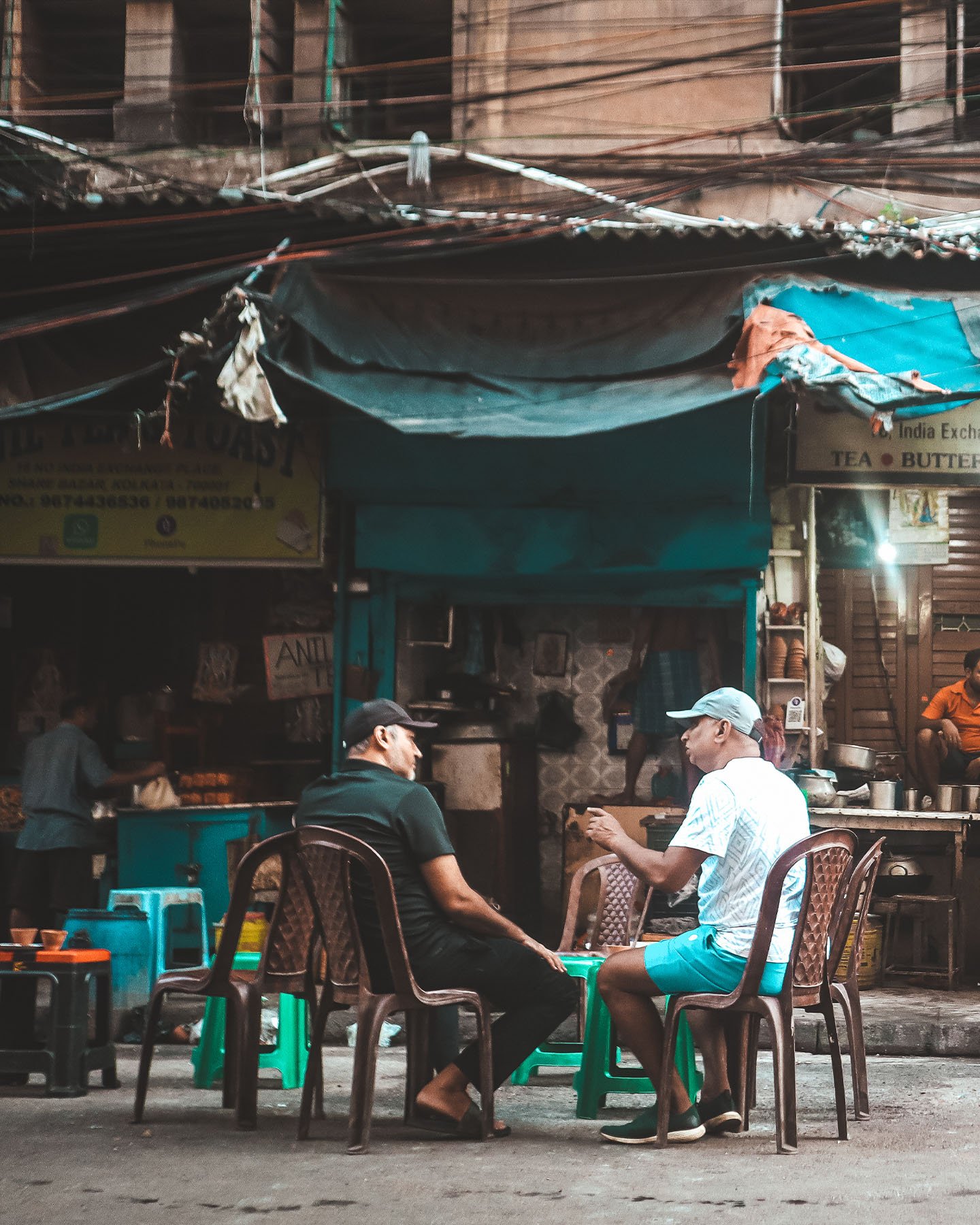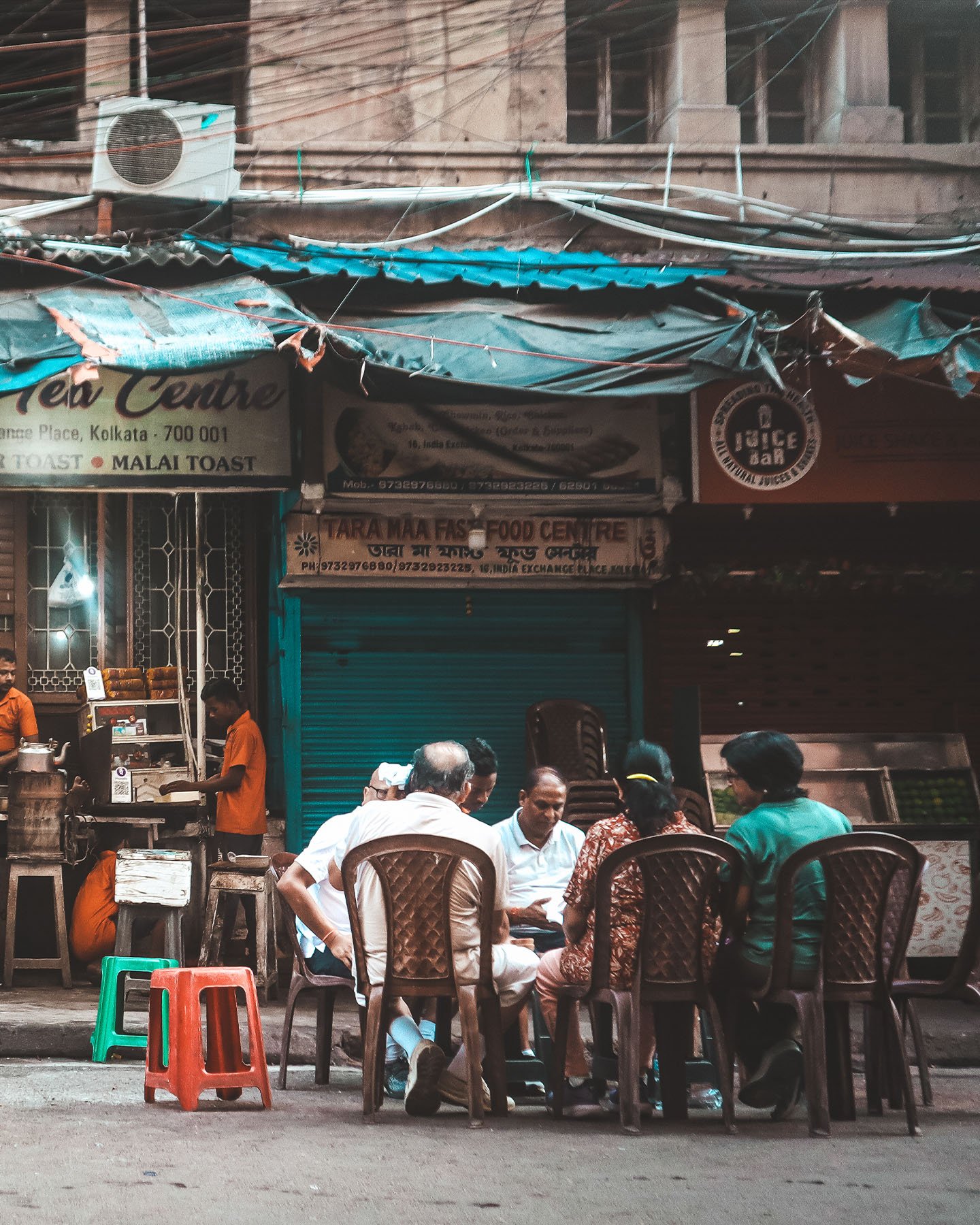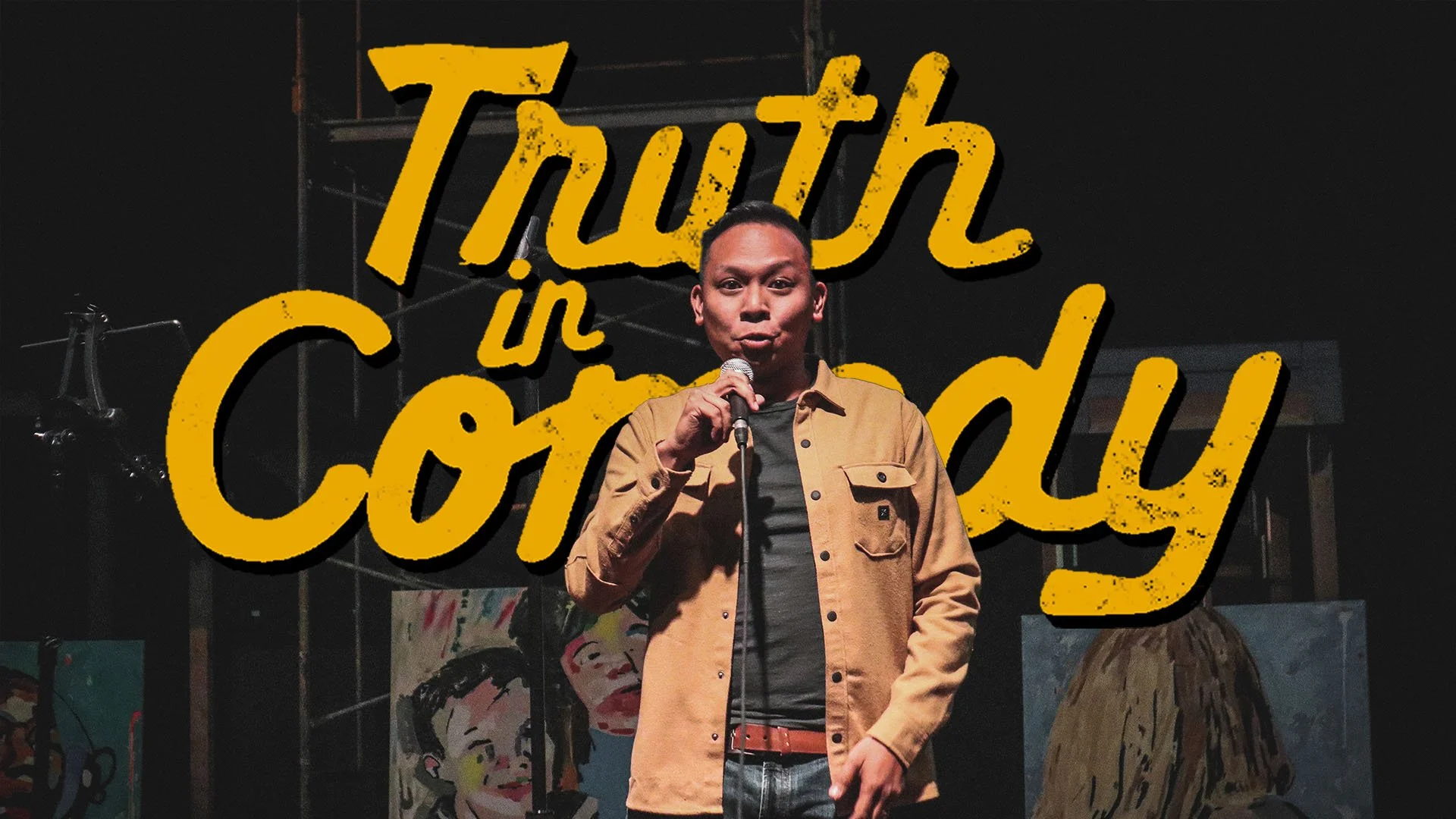Use at bat music as a part of your craft.
I probably spend more time thinking about the decisions that baseball players and wrestlers make about their walk-out music more than I should.
But it’s kind of a big thing. That music gets people hyped for you. And if you choose well, it gets you hyped for what you’re about to do.
What would be the equivalent of at-bat music for a writer? Perhaps a Spotify playlist, a candle, a coffee mug, all tangible, aesthetic things that can still serve as a mood-setter.
I think almost any sort of craft, performance, or creative endeavor can find its own version of at-bat music to use.
Do it terribly for fun, first.
I have a friend who does vocal coaching. One thing that she likes to tell new singers is that you’re probably a better singer than you realize when you least expect it. When people are just goofing around on a road trip and singing along to pop hits, they end up doing a lot of things right from a technical perspective. They project their voice better, relax their muscles, and most of all, enjoy themselves in a way people don’t when they’re conscious that they’re performing.
What’s up with this? I have a few theories.
The reduced self consciousness probably works in their favor. So does the reminder to have fun. It probably reminds you that singing is actually something you get to do when you aren’t doing it under pressure.
It also gives you permission to fail. More than that. It gives you incentive to fail dramatically and hilariously. And that’s actually something that can be really healthy for creativity and performance.
Pay attention to people who excel while having fun
Finally, I recommend being inspired by people whose excellence and ability to have fun are intertwined.
Growing up, there were two kinds of athletes. There were Randy Johnson types, who when it was his turn to pitch would be absolutely scary. Just pure intimidation. Someone you do not want to mess with.
Then there was his teammate, Ken Griffey Jr., who played with swagger, hat backwards, blowing huge bubbles with his gum. Not only was he one of the best players of his generation, but it also looked like he was having more fun than anyone while playing. He was dunking on guys and clearly getting a lot of life from it. Baseball-dunking, of course.
I love it when it looks like people’s skill and enjoyment feed off each other. Daveed Diggs acting. Outkast performances. It’s a quality I’ve come to appreciate.
Changing your relationship with your work, your craft, or your art is huge when you go from saying “I have to do this” to “I get to.”
I’m not saying there won’t be times of frustration and challenge and stuff to wrestle through, but maintaining your love for the game, whatever your game happens to be, is one of the most important parts of art.
